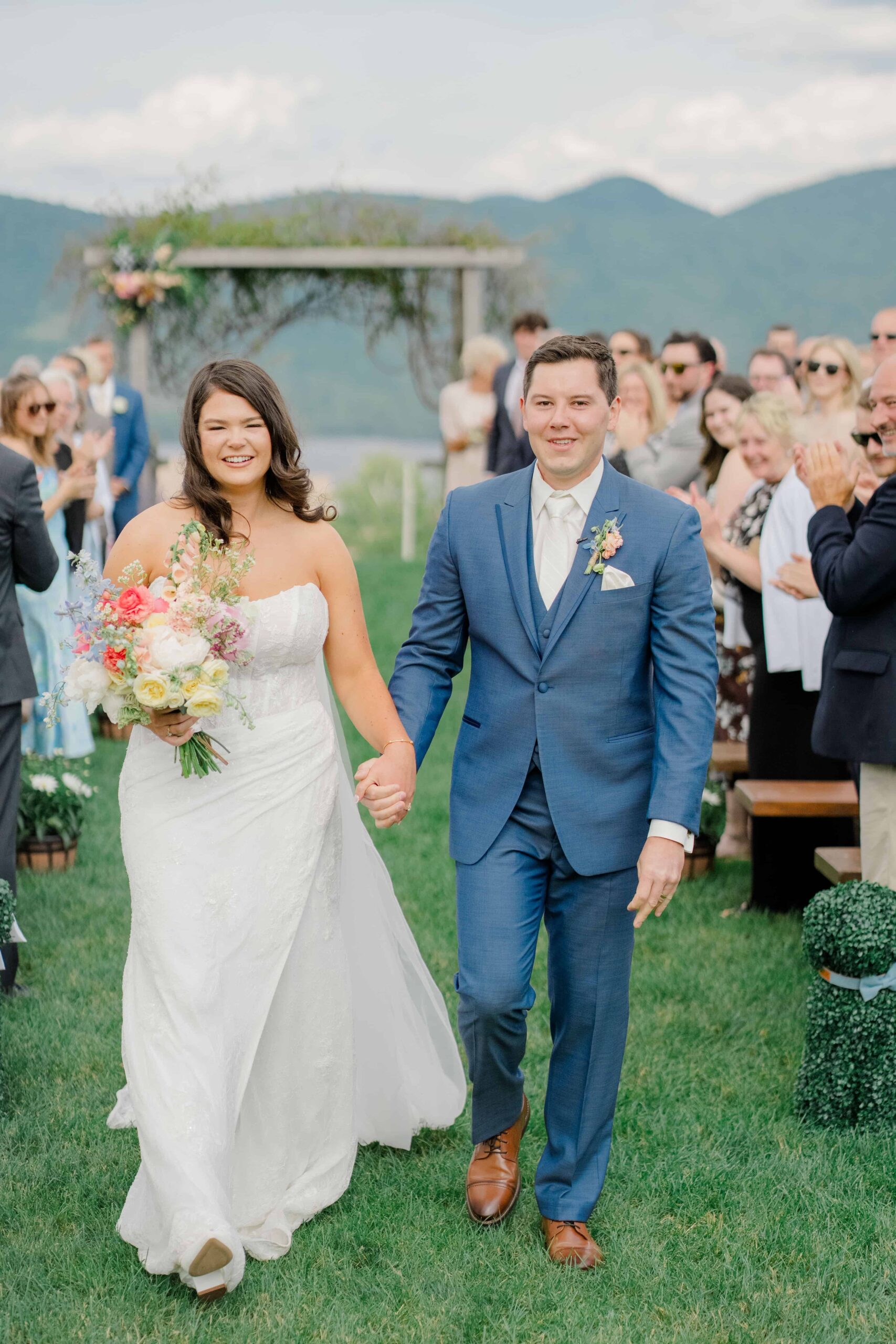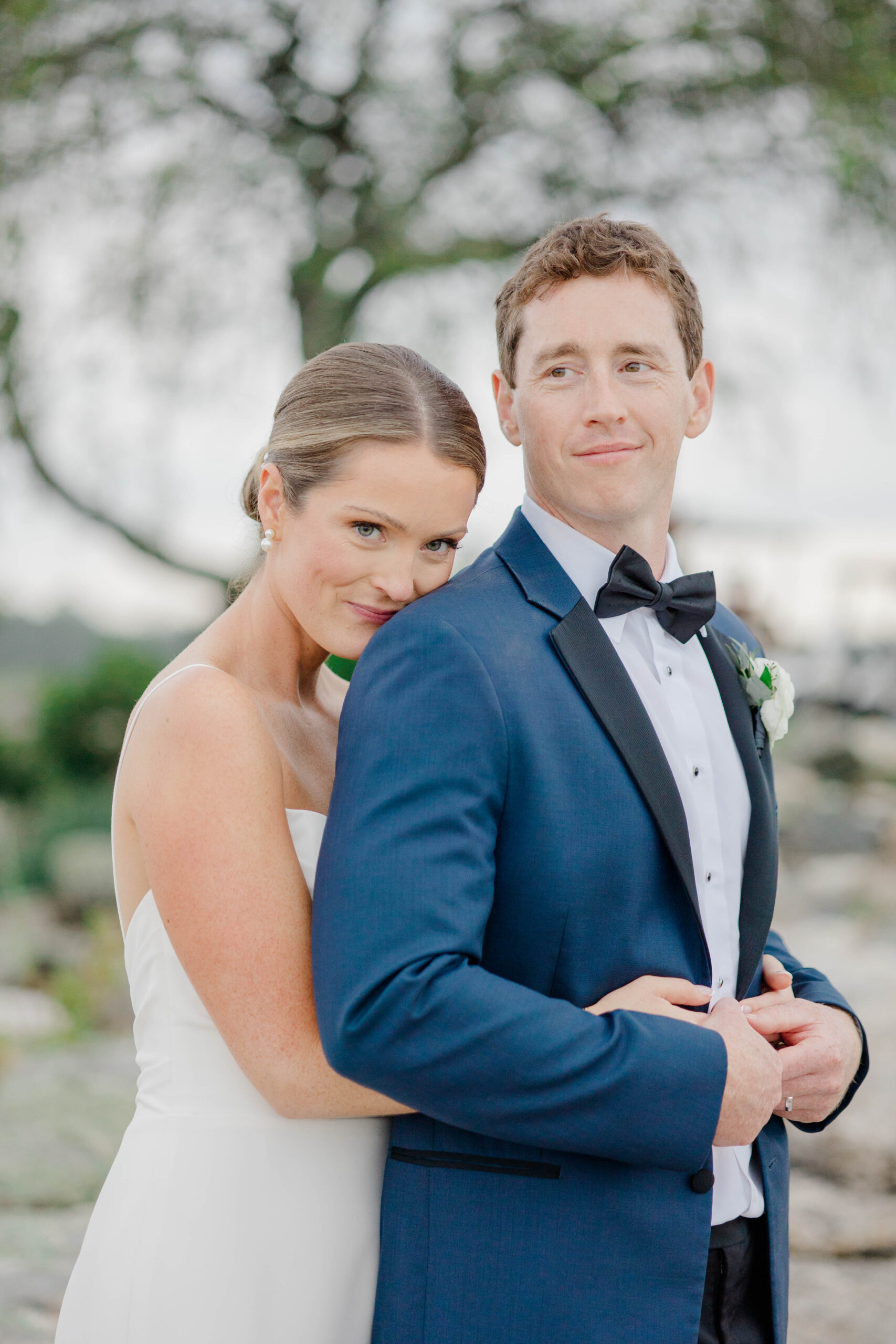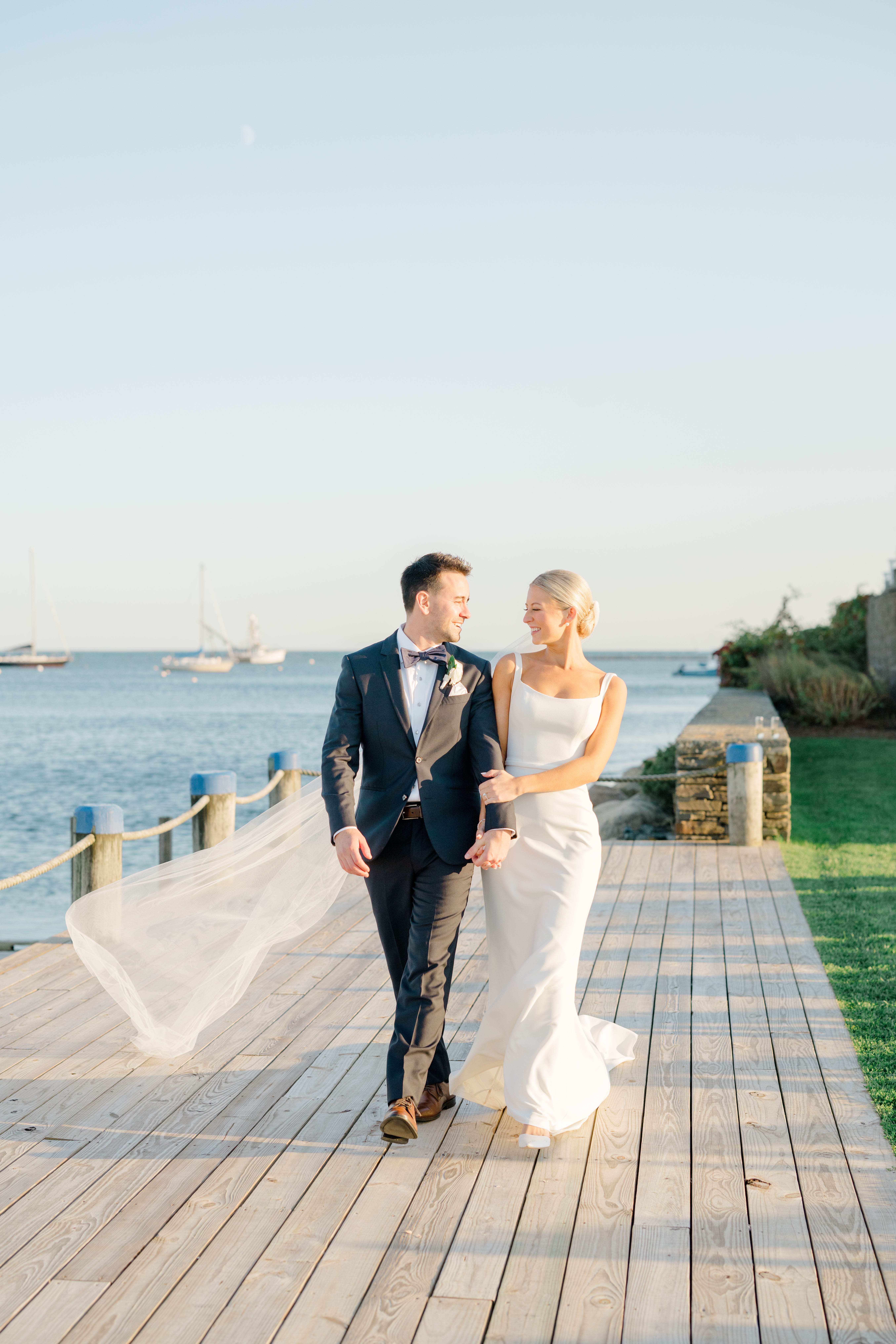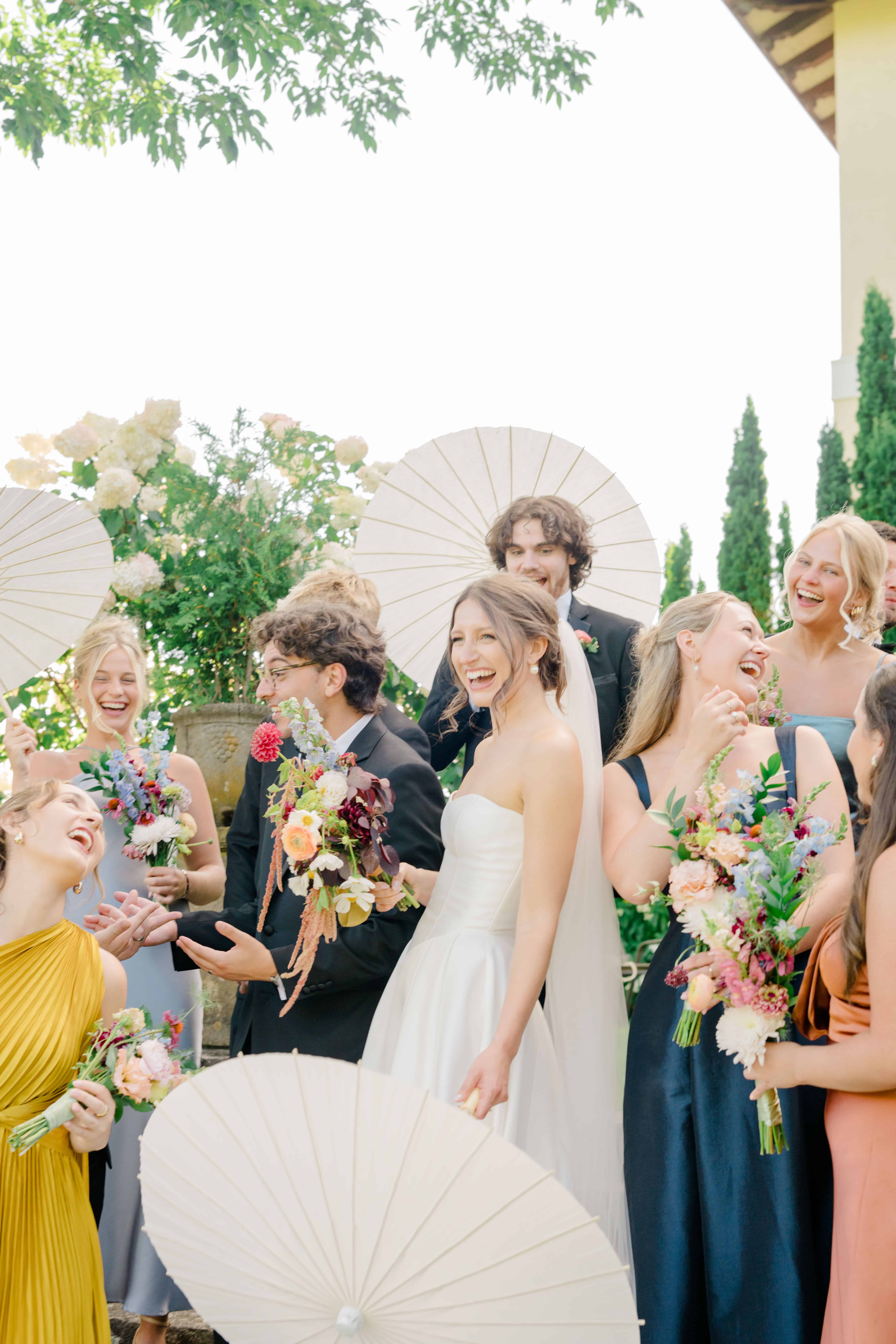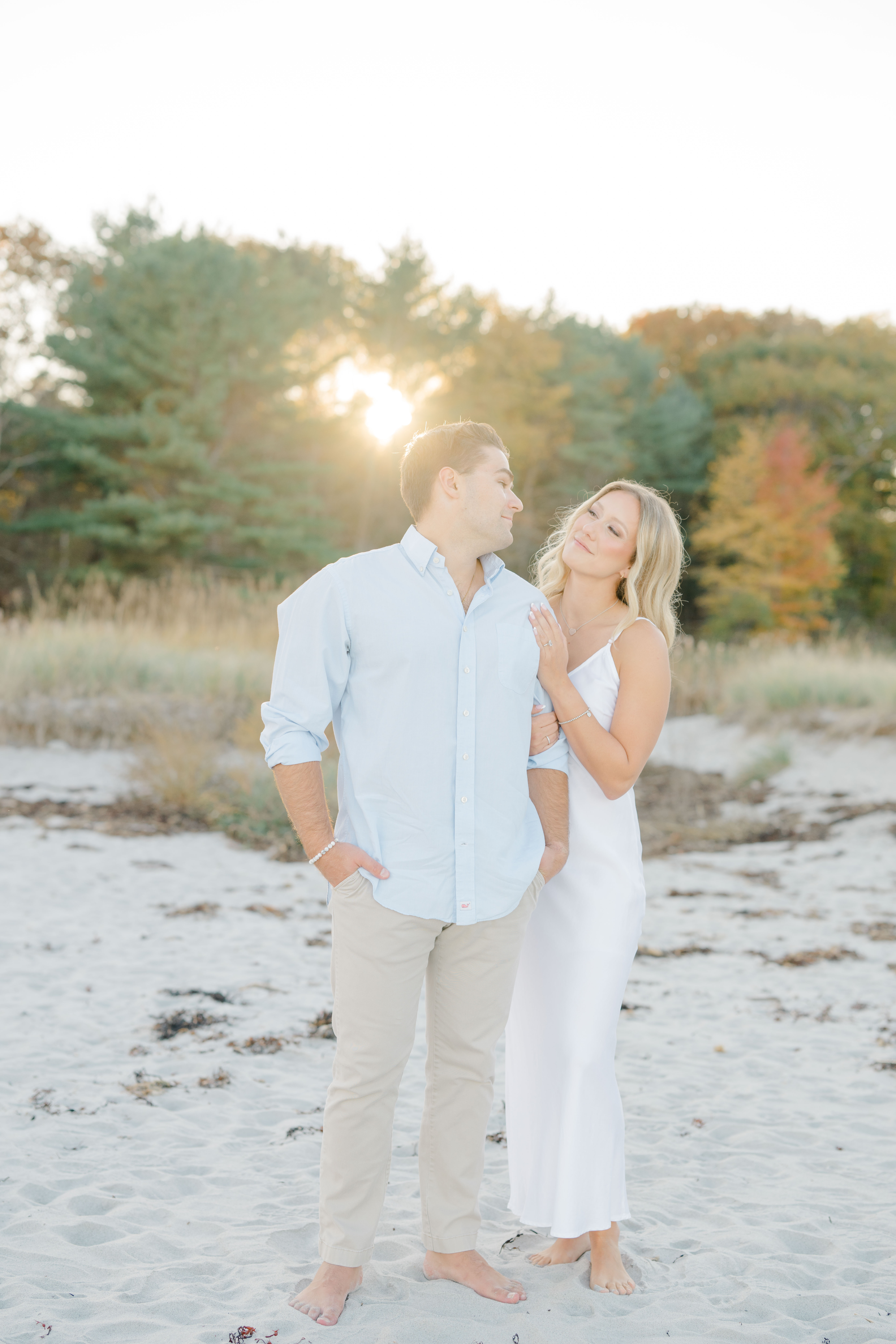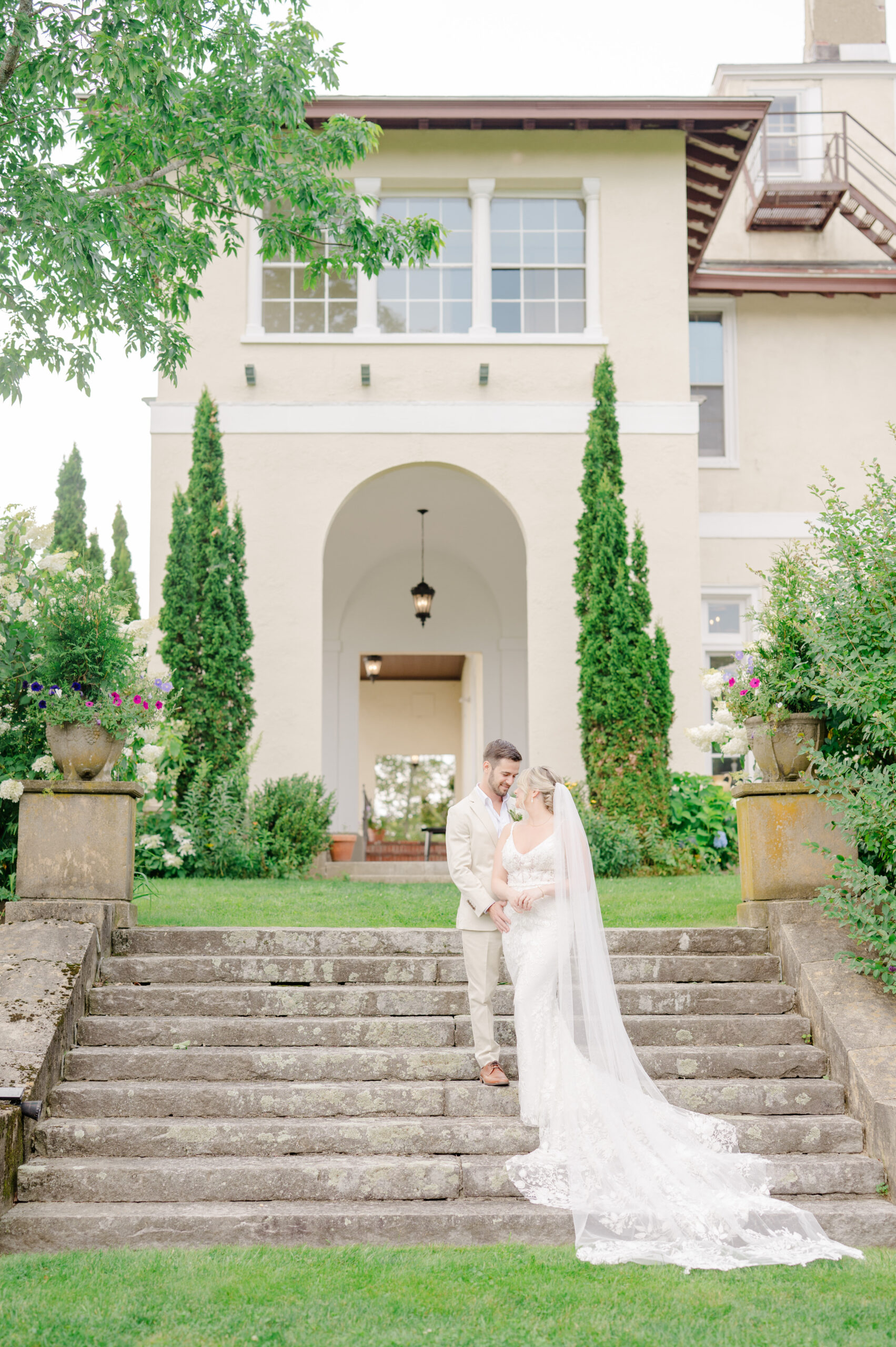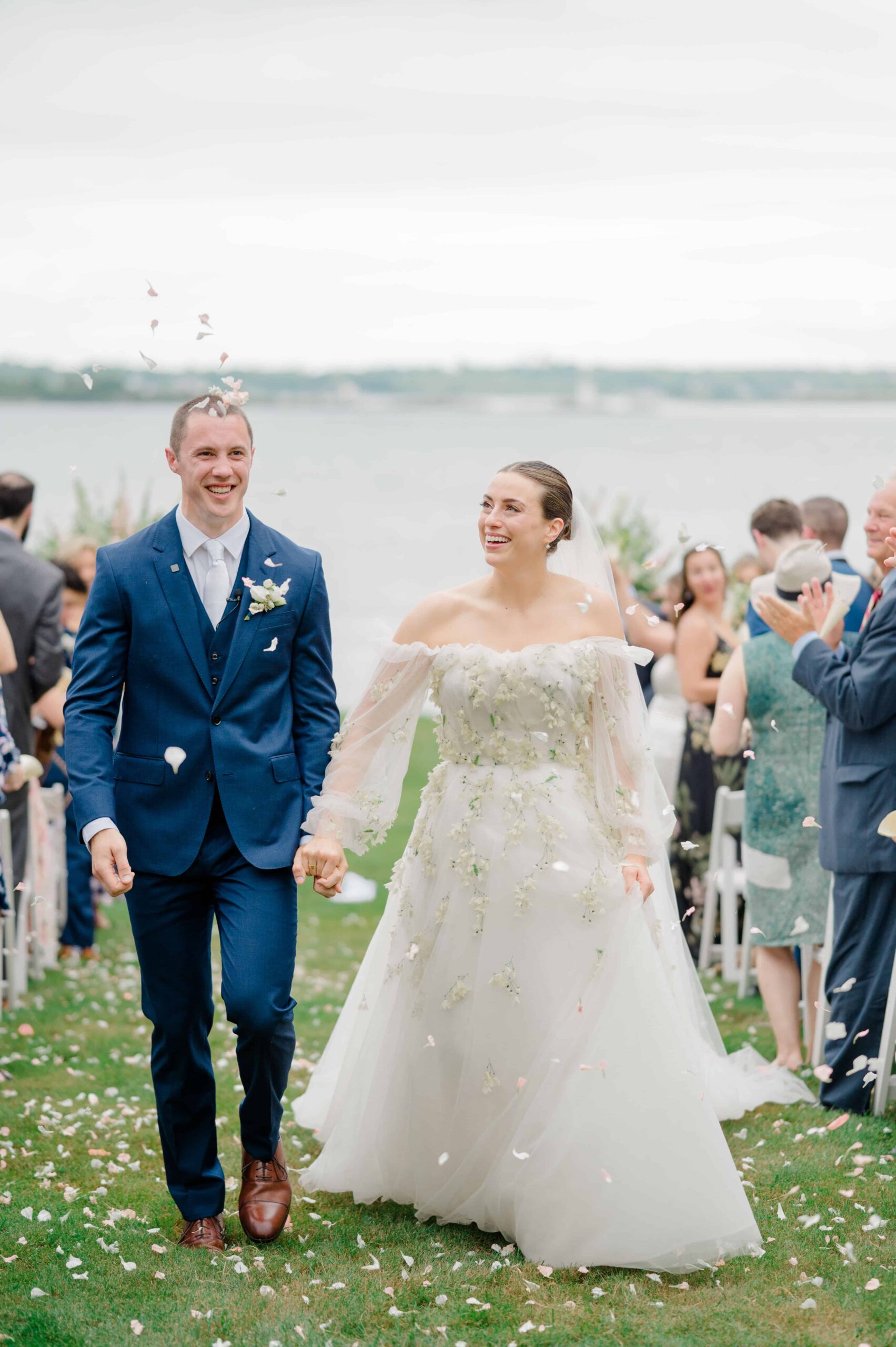As an award-winning wedding photographer who uses both film and digital photography, each medium plays a dedicated role in my process. However, they serve different purposes and have a distinct feel. Let’s review the differences between film vs digital photography, and why I feel you need both for your wedding day.
Types of Wedding Photography
As mentioned above, wedding photography can consist of two mediums: film and digital. This is determined by the type of equipment used. Most wedding photographers use solely digital cameras, and therefore, provide only digital imagery.
However, some include both digital and film mediums. The proportion of film and digital photos will depend on several factors including the type of film, the weather, lighting, personal preferences, and more.
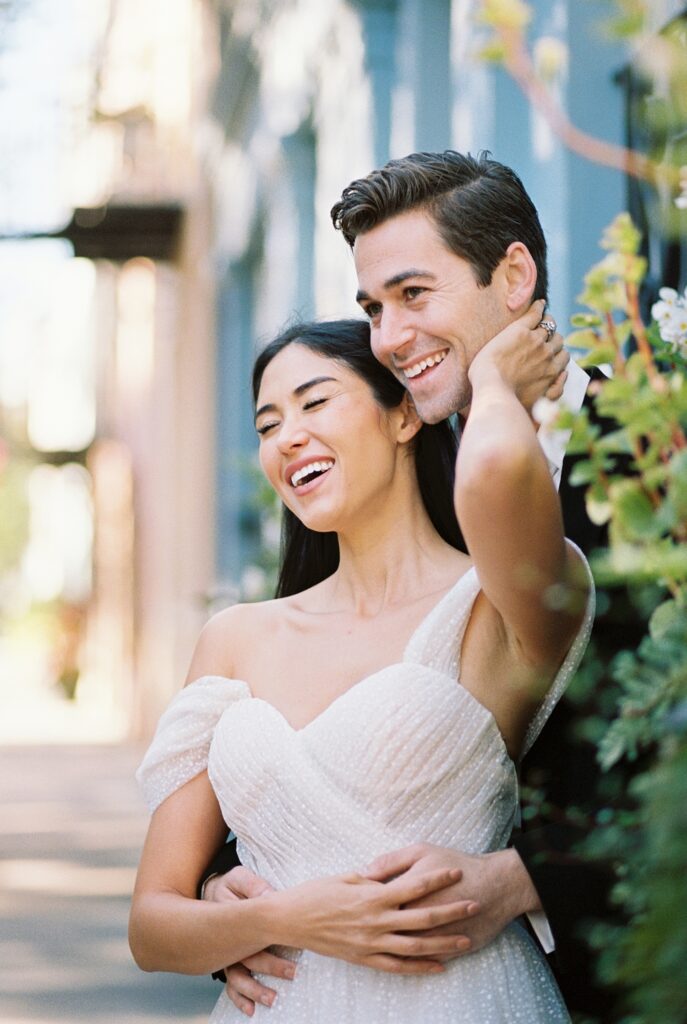
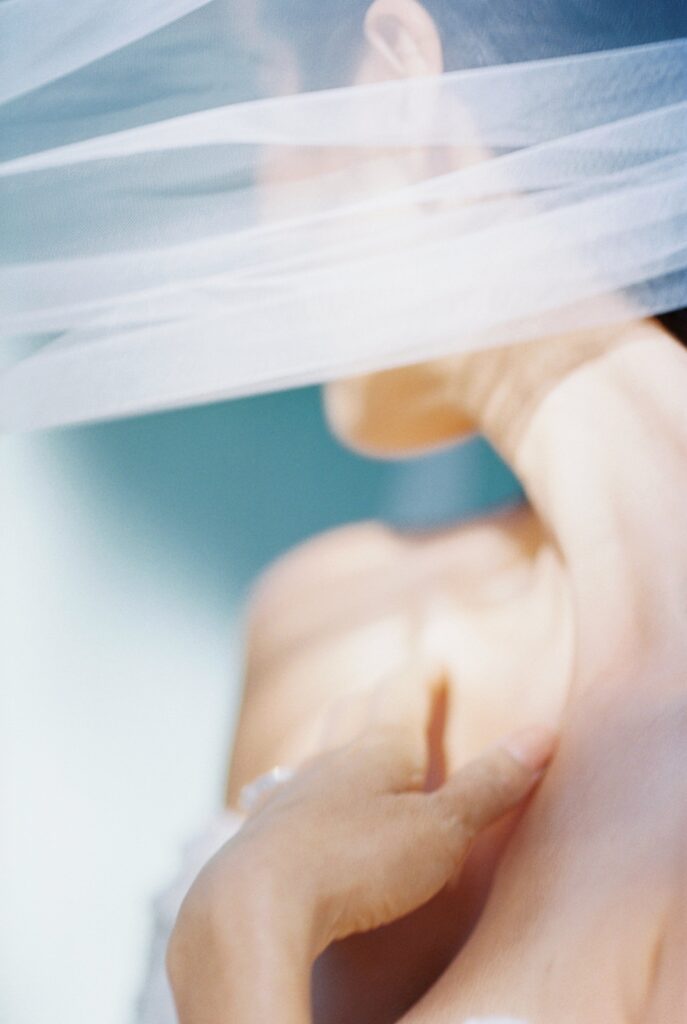
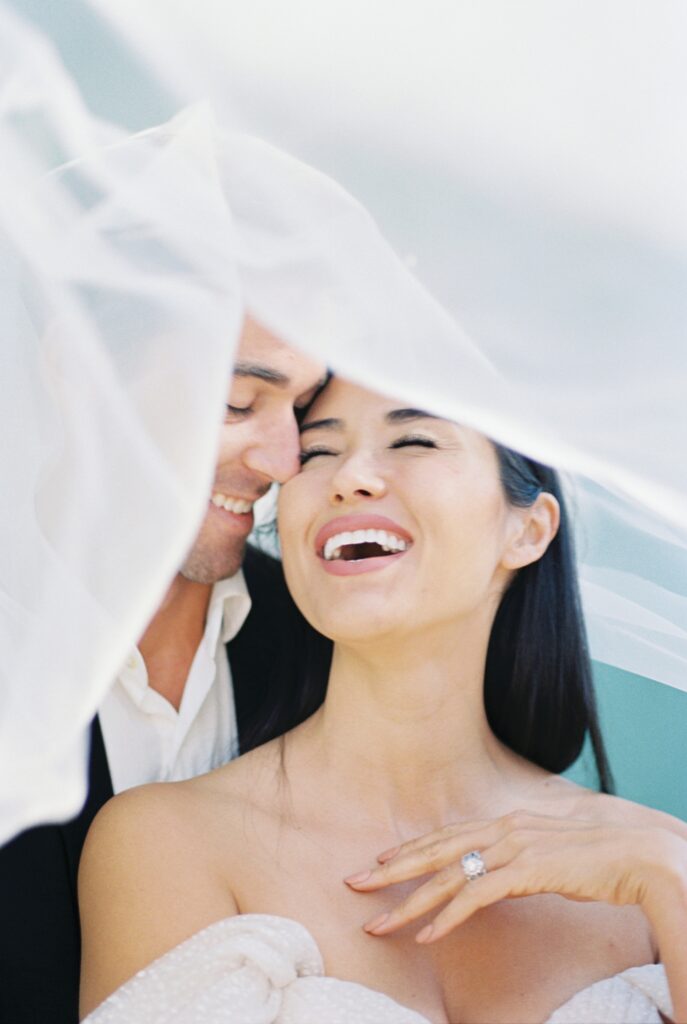
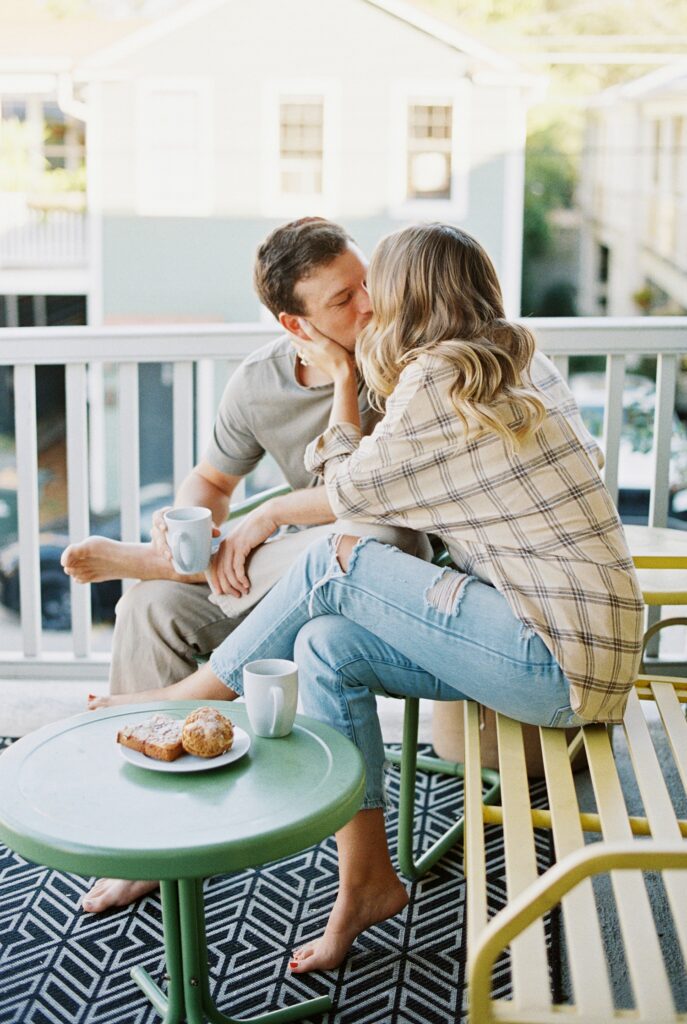
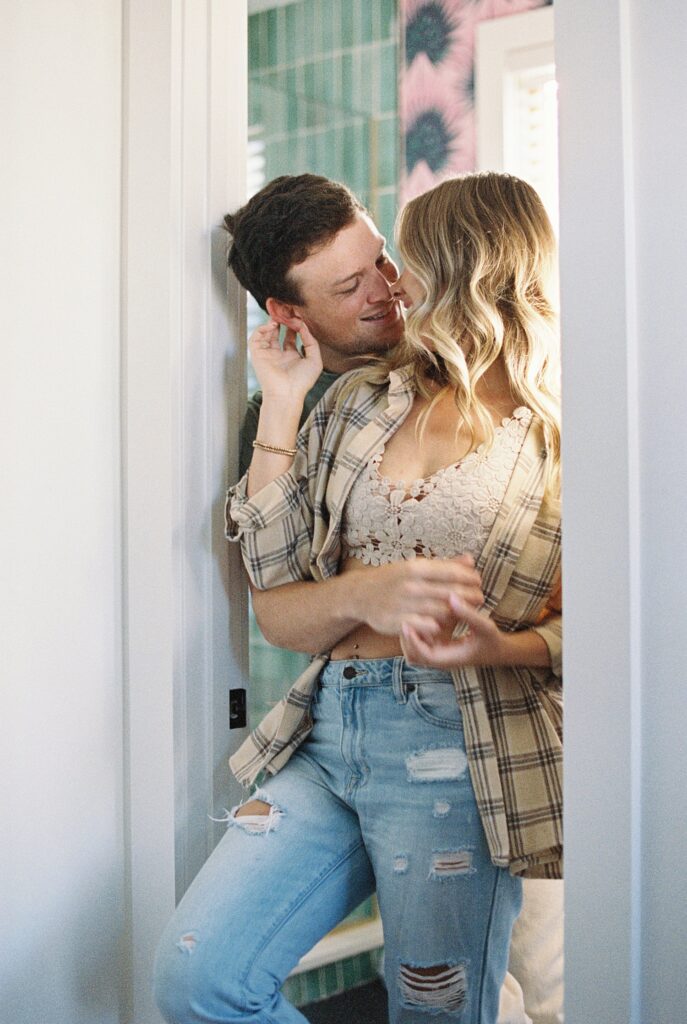
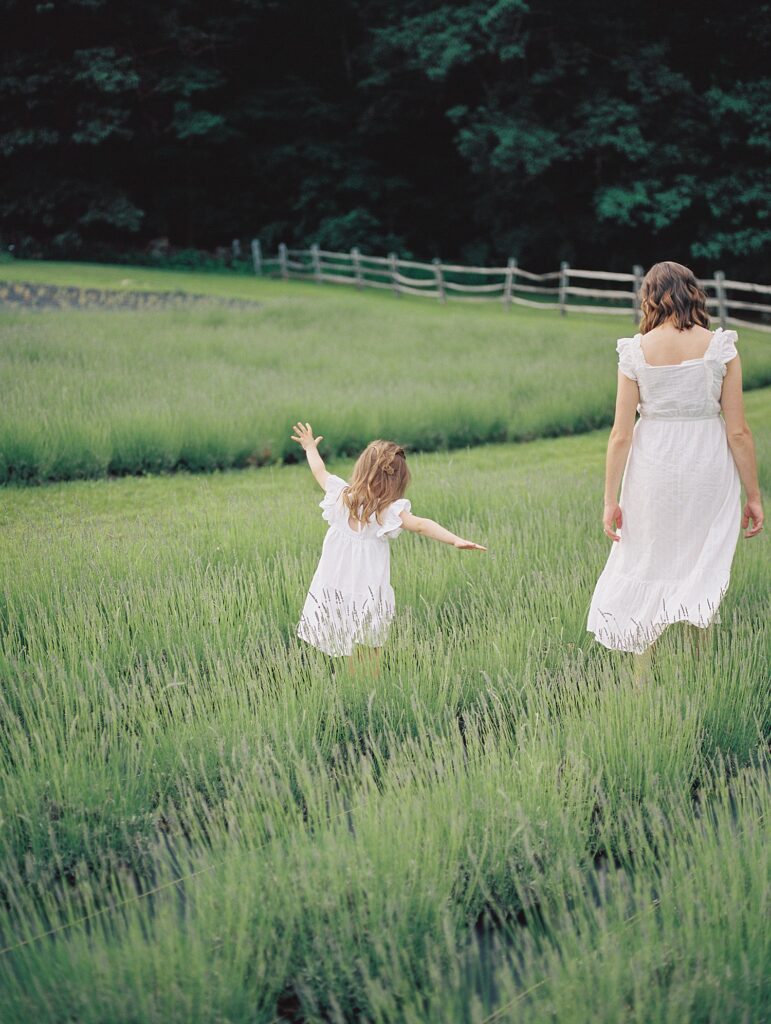
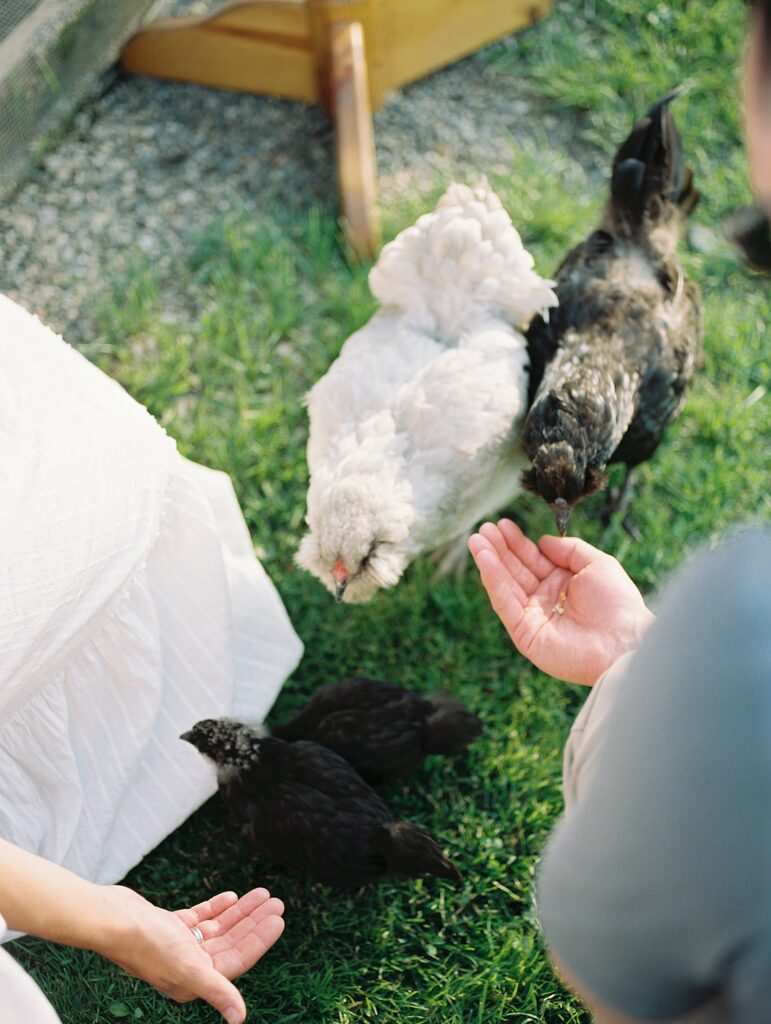
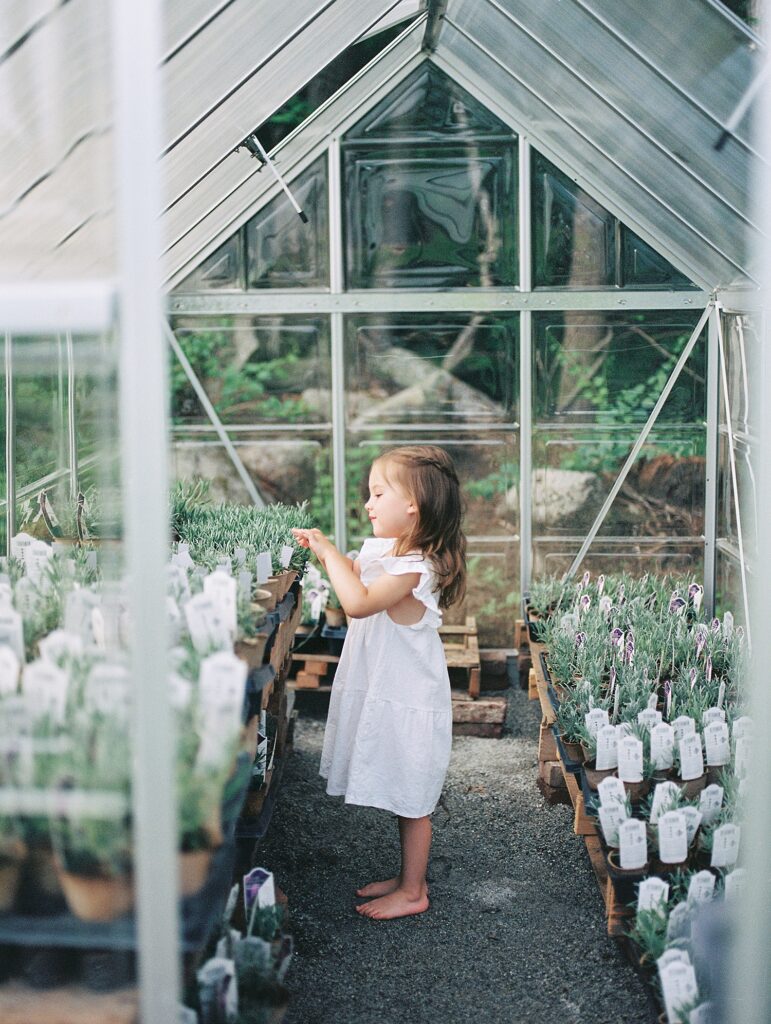
What is Film Photography?
Also known as analog photography, this form of photography was the first. Before digital cameras became the predominant medium, all imagery was produced with light-sensitive film exposures and manual cameras. This means that film photography is a much more physical and precise process that uses rolls of film to produce images.
The Film Photography Process
Rather than a memory card, photographers must load a roll of film into the camera, measure the lighting of the space, and then carefully capture the scene. When the photographer clicks the shutter button, the film is exposed to light and an impression is captured. The number of photographs taken is limited by the exposures available on a single roll of film, and this can vary based on the film format. For example, medium format film has 16 exposures available, while 35mm film can have anywhere from 24 to 36. Once all of the film has been used, the film roll will then be developed in a darkroom, either by the photographer or by a dedicated photo lab. The final developed images are then scanned and sent in a digitalized gallery. Most often, couples receive these digital versions of the film photos, and negatives are kept by the photographer.
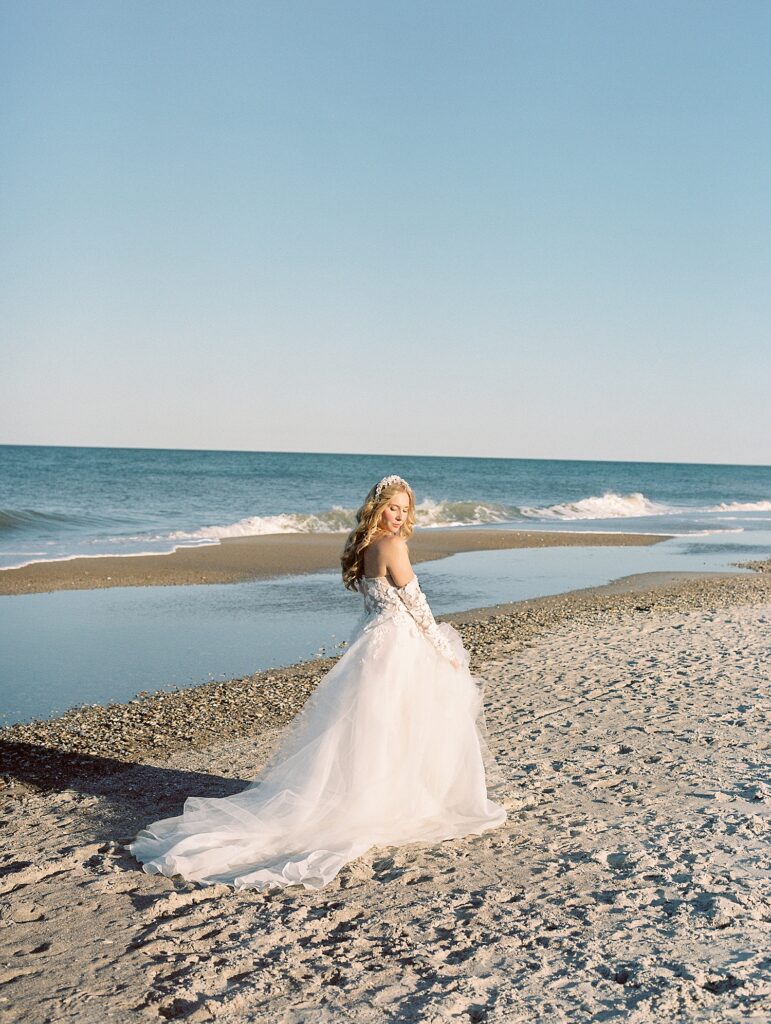
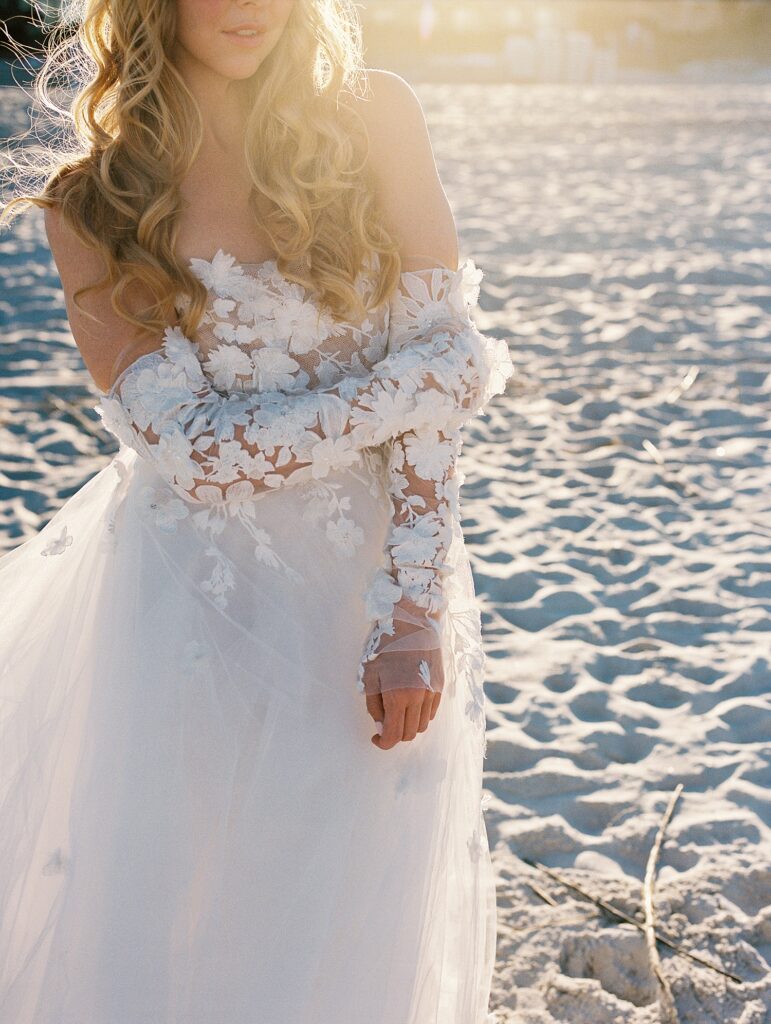
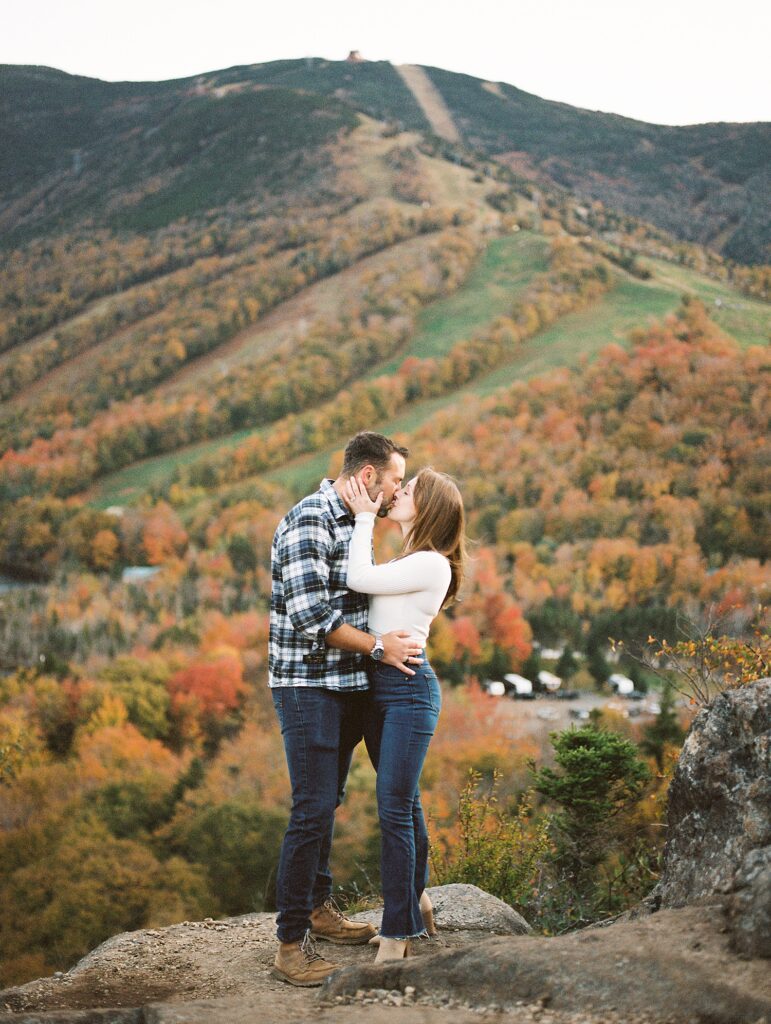

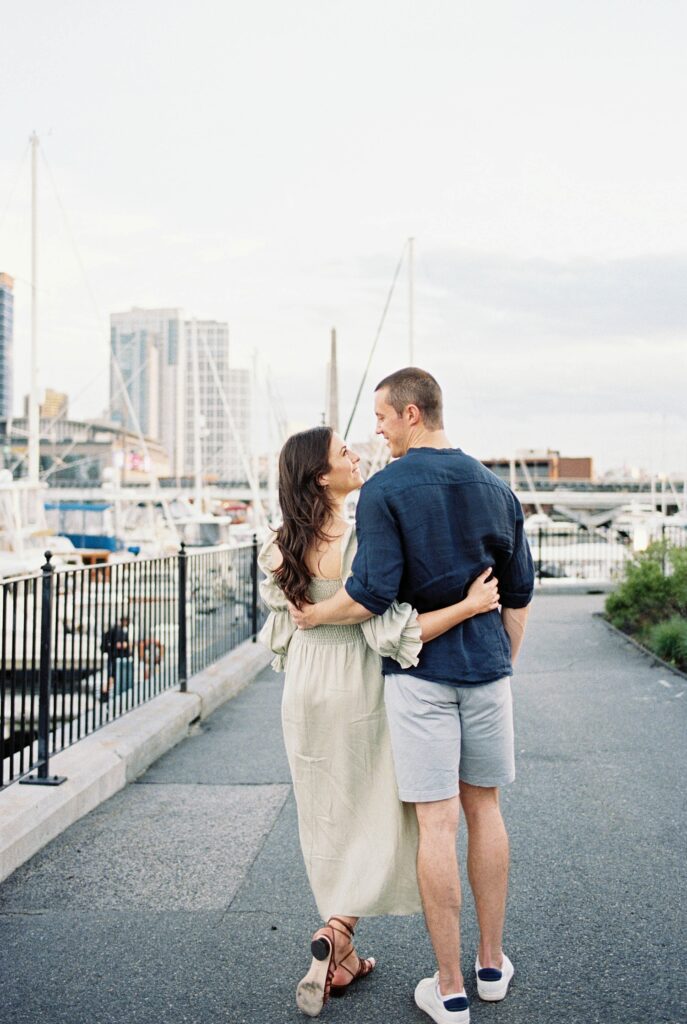

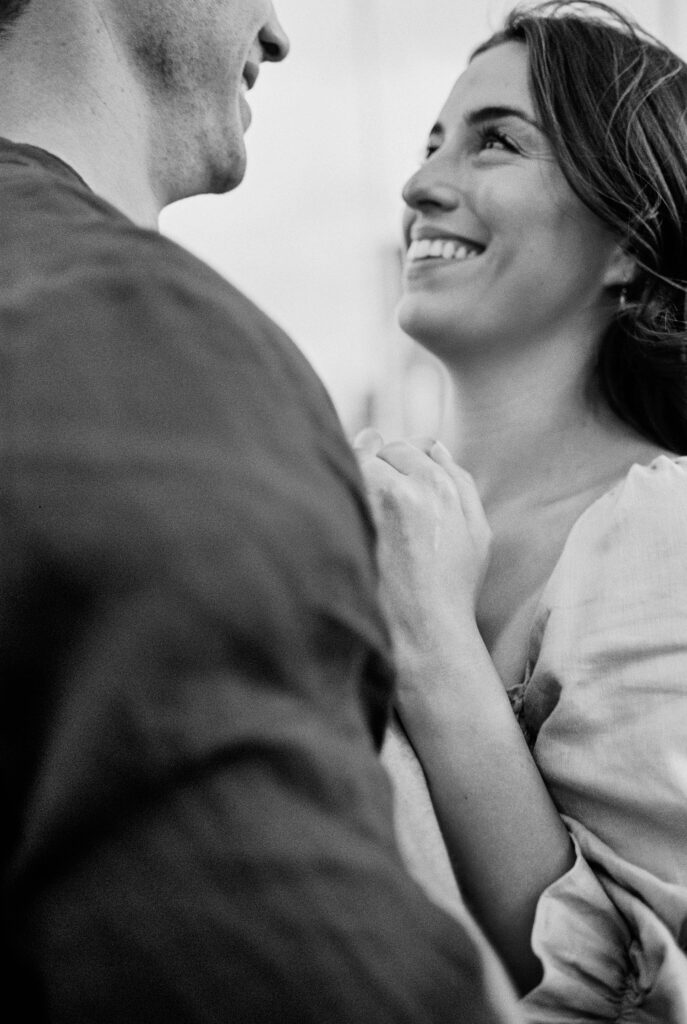
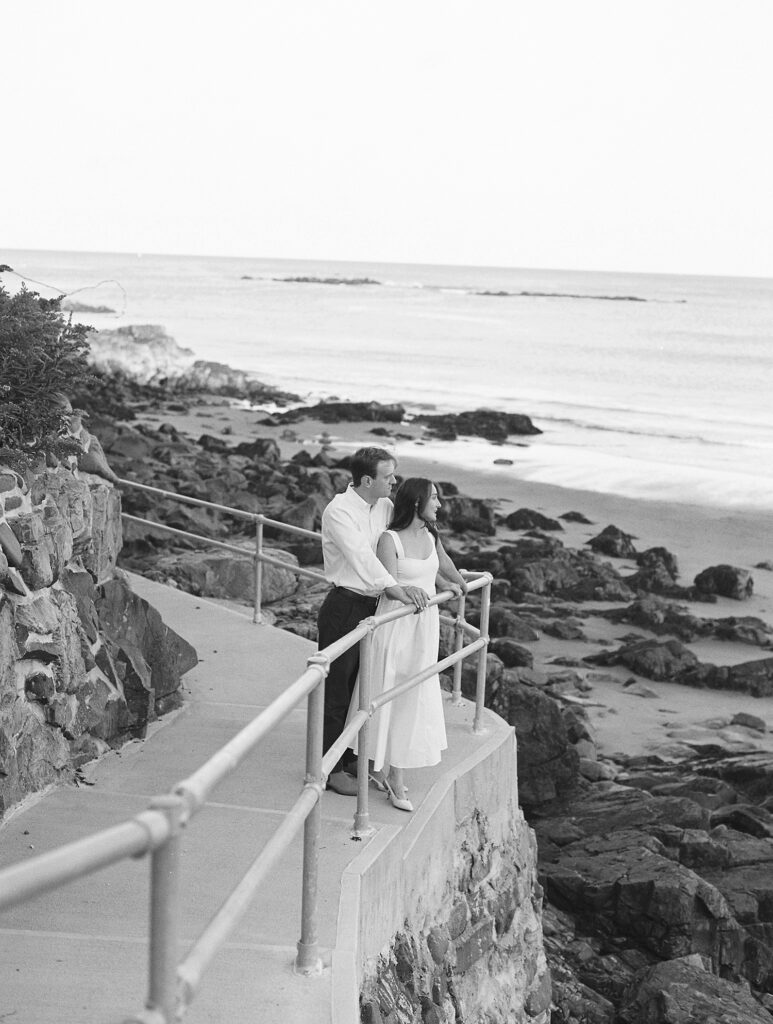

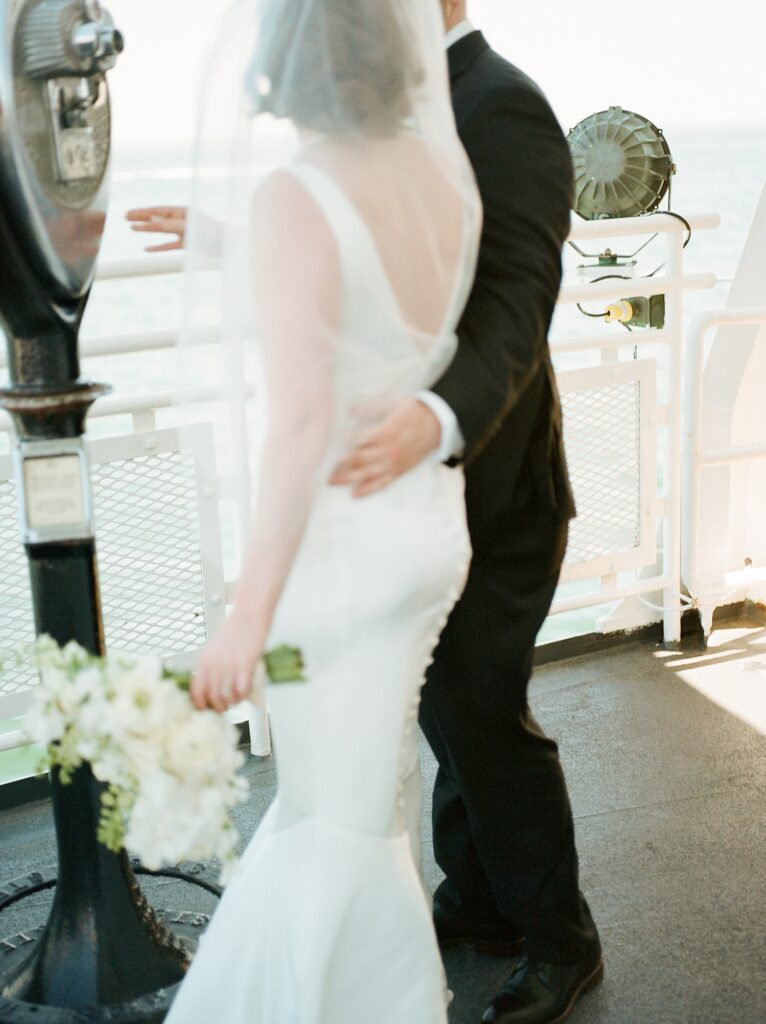

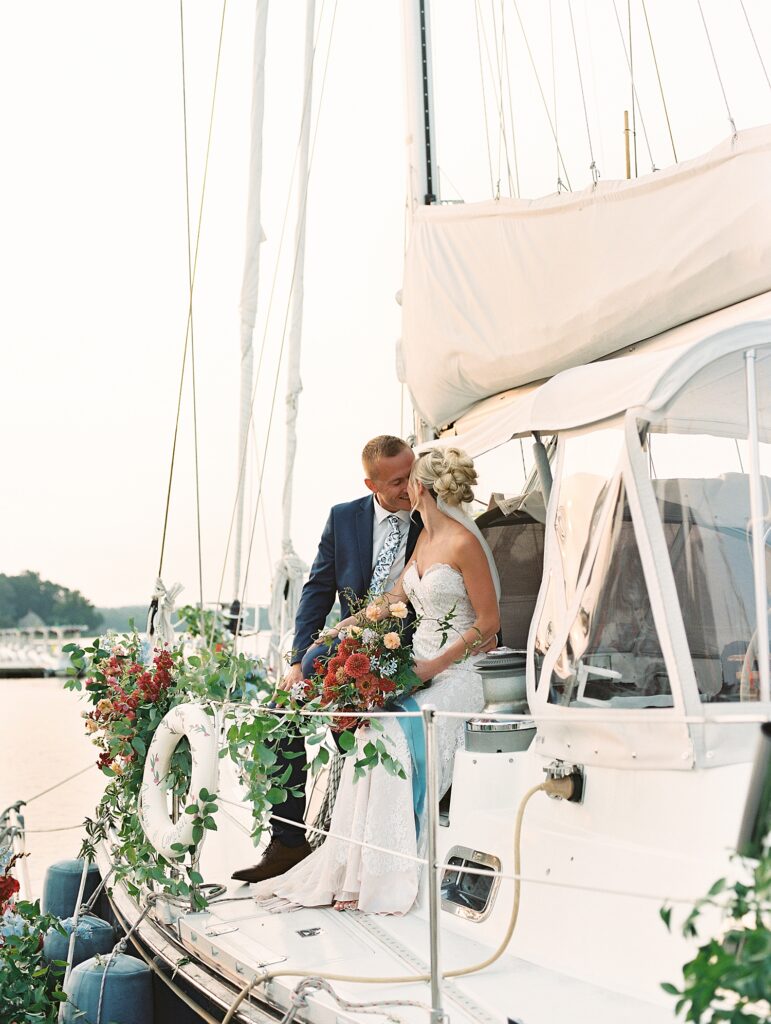

Types of Film Photography
It’s important to note that with digital photography, the camera’s brand (like Nikon or Canon) won’t have much of an impact on the images. From brand to brand, the photos will look almost indistinguishable. (Although photographers will absolutely have their own preferences and strong opinions as to which they prefer.)
Film, however, is noticeably different depending on the camera and type of film used. The color, texture, and exposure will vary from camera to camera, and from film roll to film roll. (If you’re curious, my personal favorites are the Pentax 645n, Contax 645 and Nikon F5!). However, it’s likely that you’re most familiar with the classic disposable cameras. These are a crowd favorite for a reason — they are accessible, easy to use, and filled with nostalgia.
Large Format, Medium, and 35mm Film Photography
Film cameras commonly come in three different formats: large, medium, and 35mm film. These translate into the sizes of film that go into the camera. With larger formats, the resolution will be higher and better for large prints (think billboards and advertisements) On the other hand, 35mm film photography will have a more noticeable grain because of its smaller size.
The nostalgic, yet classic feel of 35mm is irreplaceable by digital cameras, making it my preference with wedding photography. This format is great for both the slow moments and the candid emotions.
Medium format film is another popular preference for wedding photographers due to the depth of contrast (beautiful for portraits!). These will also have a higher resolution, more clarity, and a less noticeable grain.
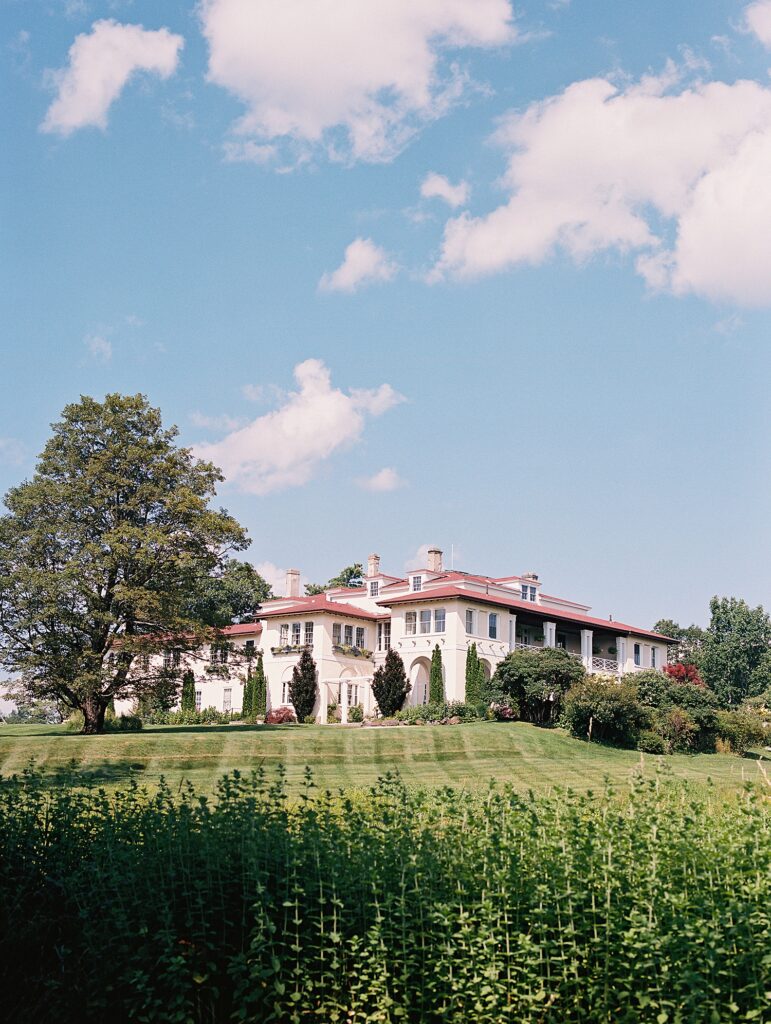

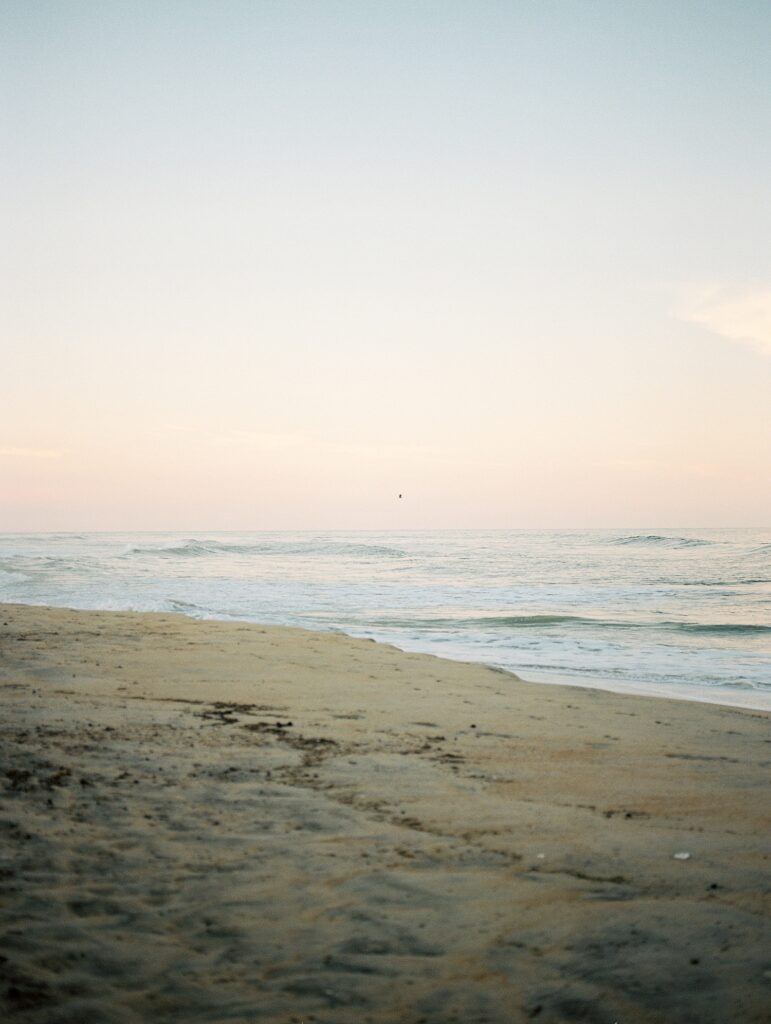
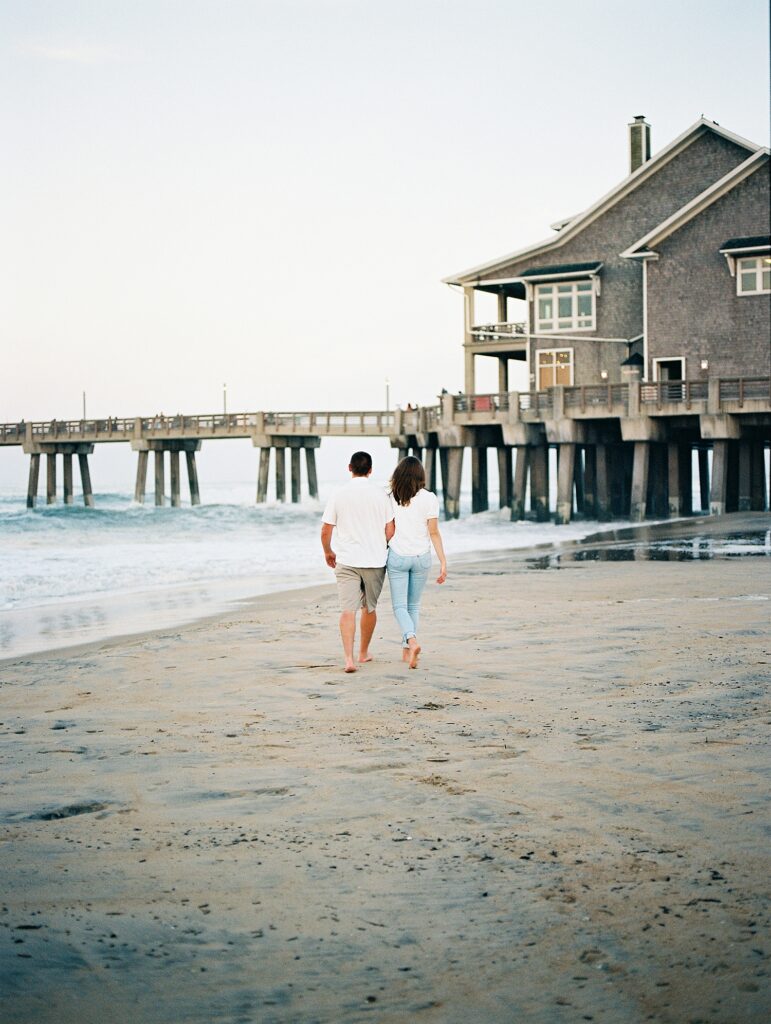
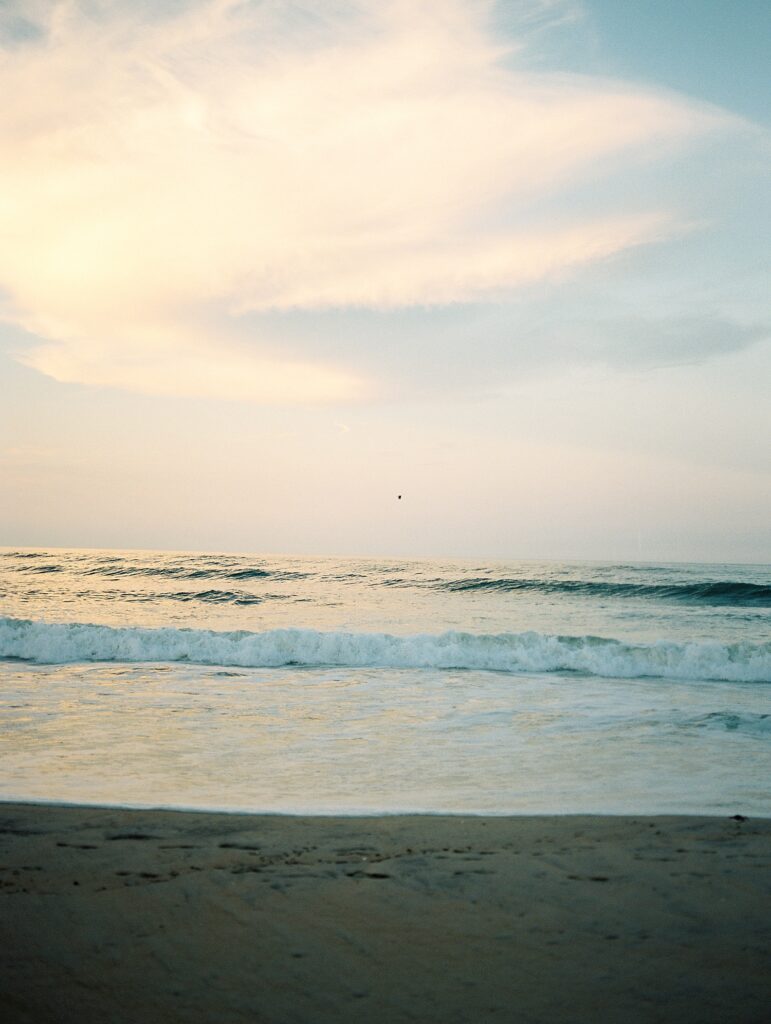
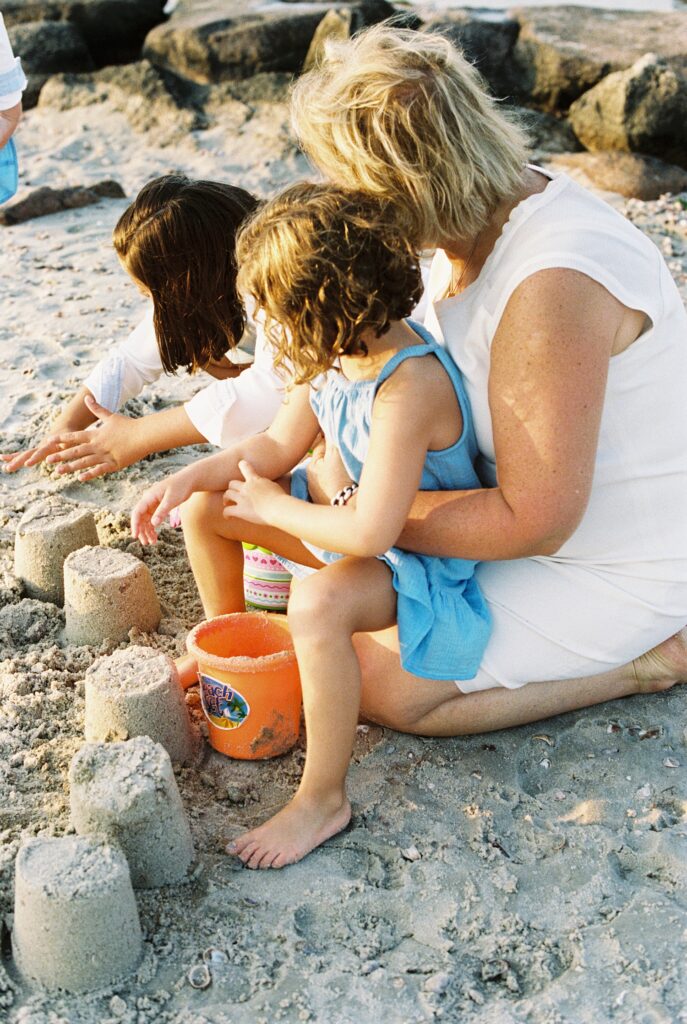

Why Film Photography?: The Style and Nostalgia
To me, the most unique aspect of film is the nostalgic feel woven into every image. This analog form of photography was the primary medium for the weddings of our grandparents and it served as the record of our childhood. When you look back at these memories, all of them are preserved in film. The stories and nostalgia come rushing back when you revisit them. And with film, these moments can’t be altered either — meaning the photos are raw, unfiltered, and true to life. What you see in the photograph is exactly what occurred in that moment. This creates a wedding gallery that is inherently more authentic to your experience.
When capturing a wedding, the film medium requires me to slow down, pause, and deeply observe the moments happening in front of me. The artistic process then becomes more intentional — planning ahead of time how I will tell the story with the limited exposures available in my camera. This challenges me to be a better artist, storyteller, and photographer with every frame I capture.


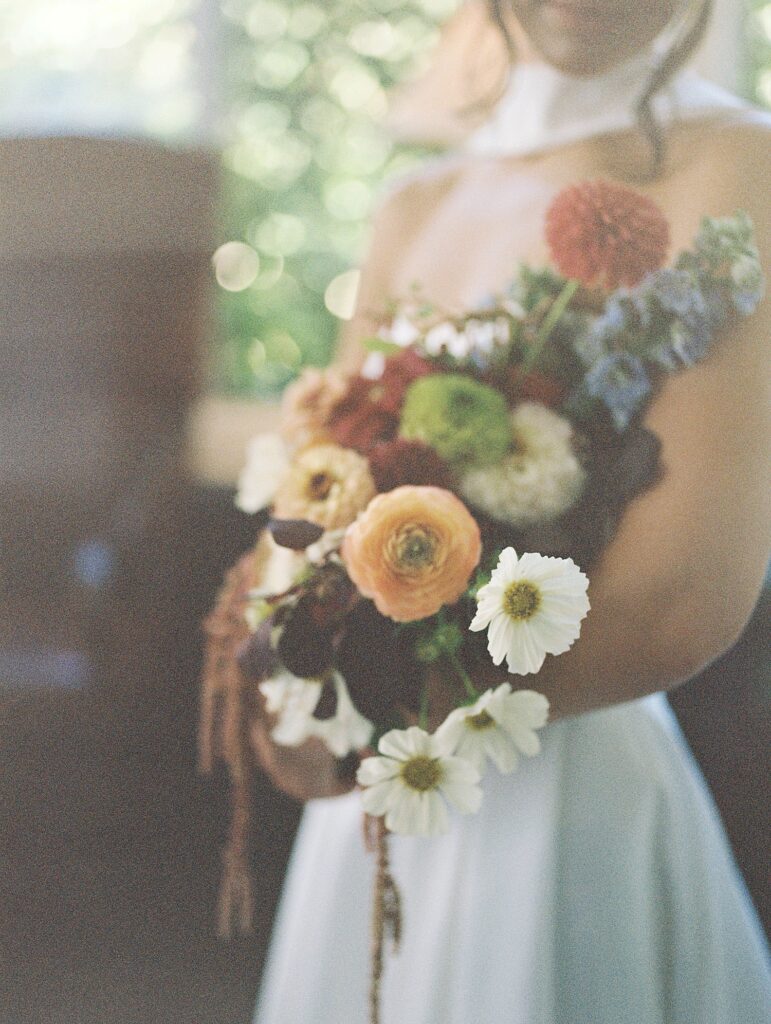
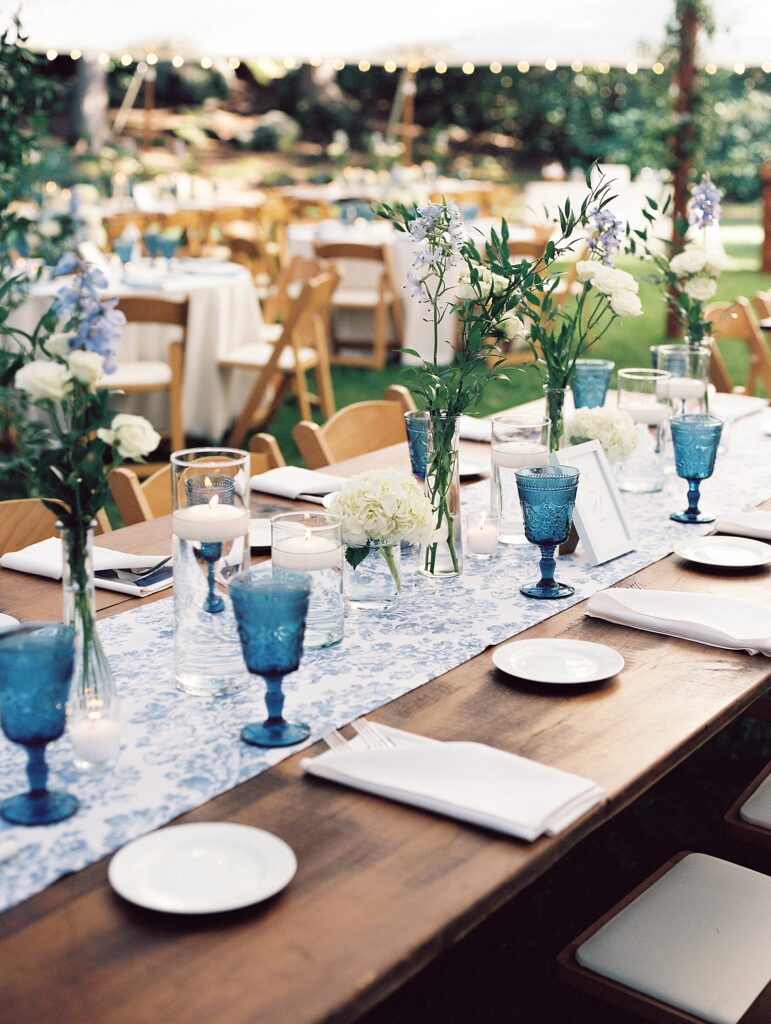
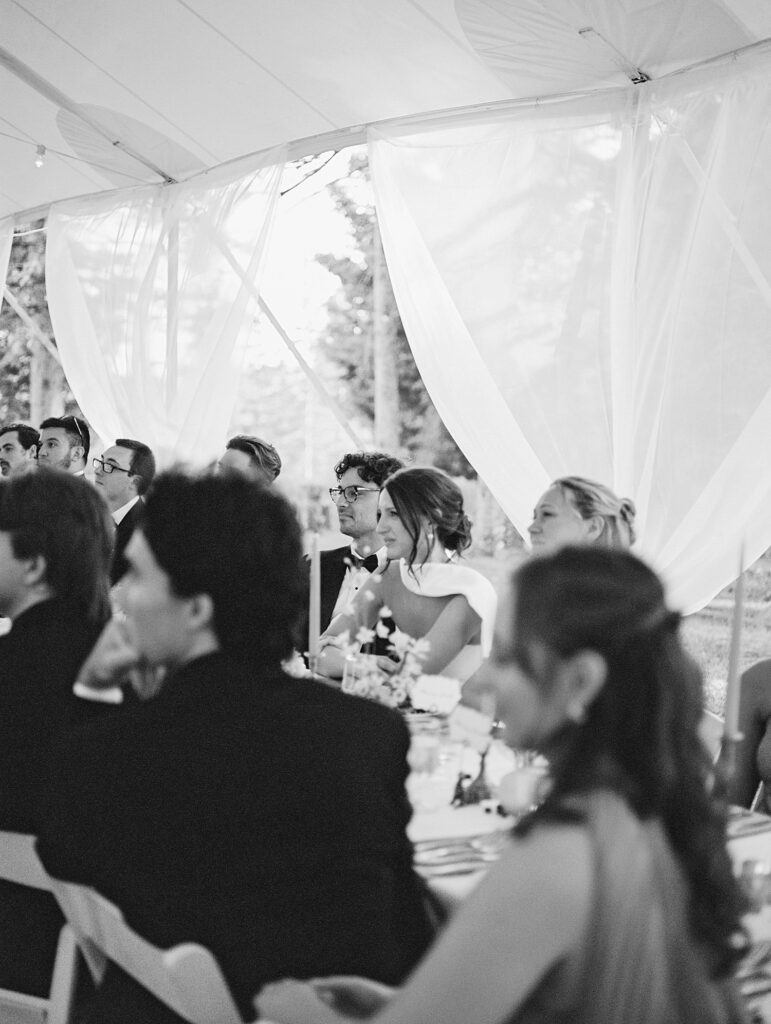
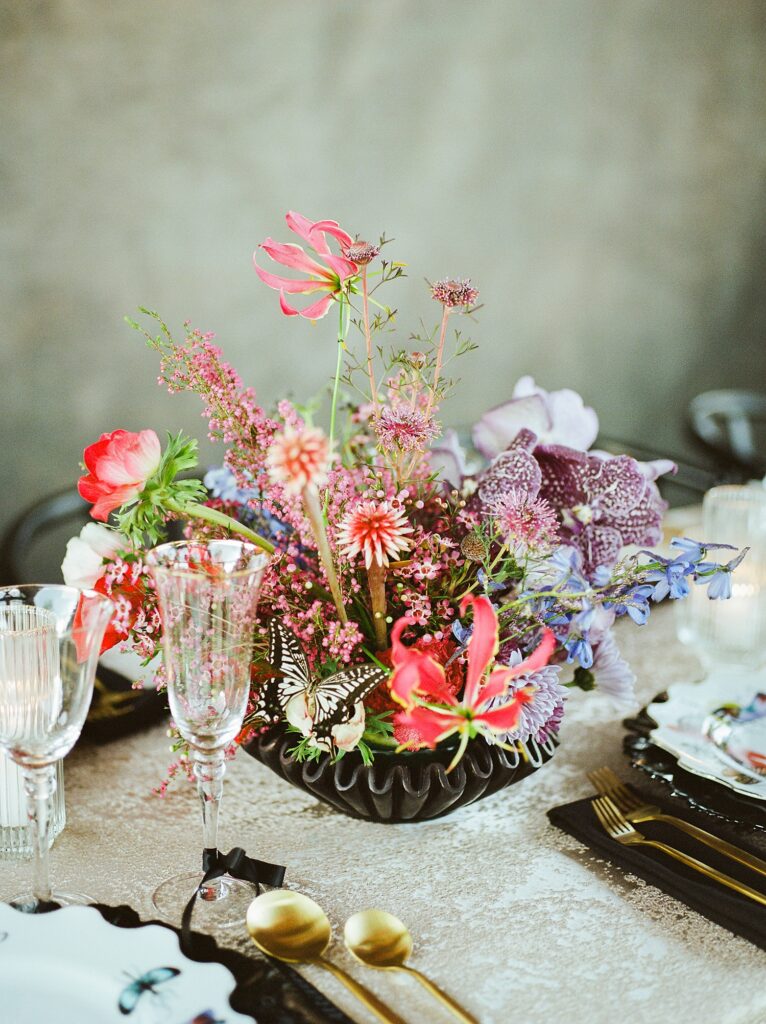
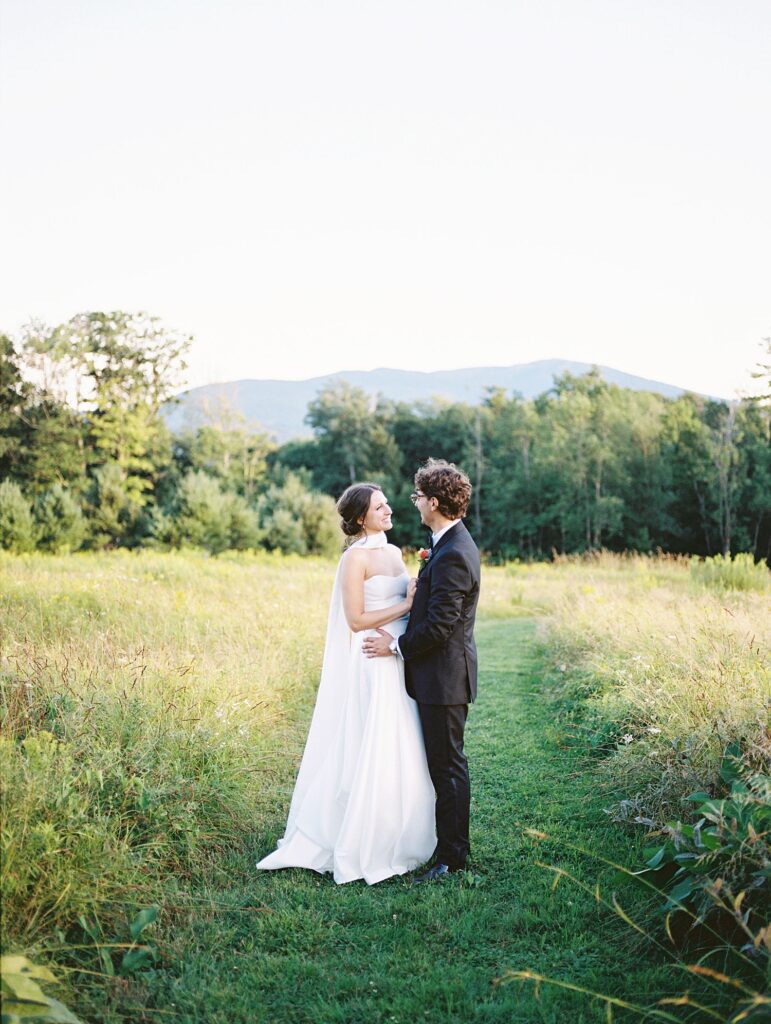
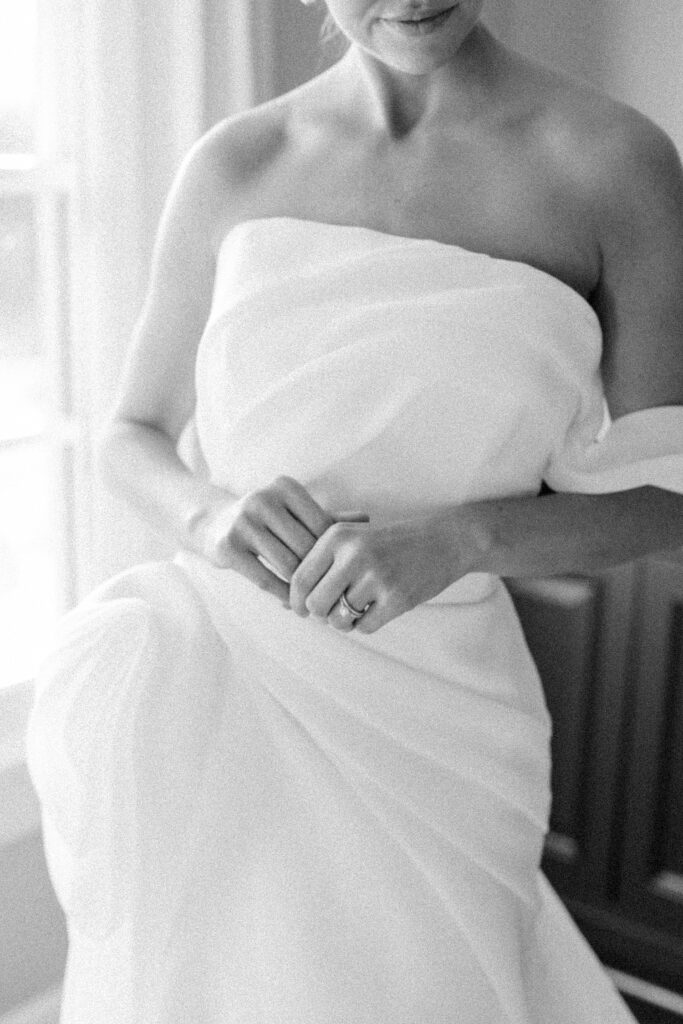
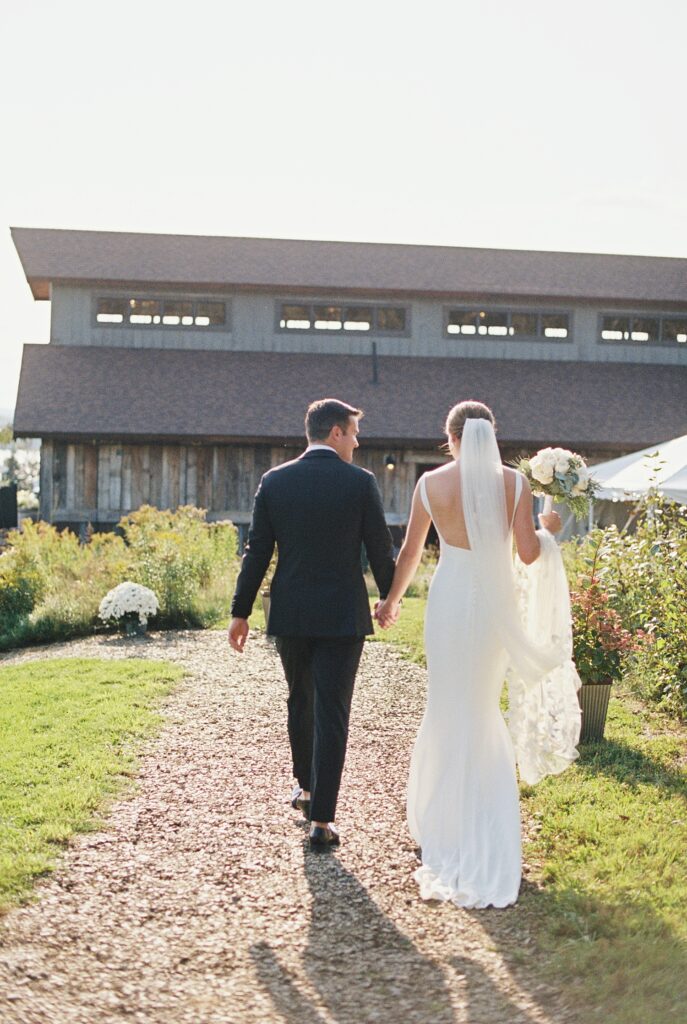
Film vs Digital photography
Now that we understand what film photography is, let’s break down how it differs from digital imagery.
Film wedding photography
- Colors are more true to life with an organic feel
- The results are nostalgic, yet timeless
- Limited number of exposures means that photographers must think about their images before capturing them
- Better for capturing the more slow and intentional moments
- Requires a much more intentional eye and composition
- Its ability to capture the contrast between whites and blacks can’t be replicated
- The colors, grain, and texture are unique to each roll of film – therefore unique to your imagery
- Weather and lighting have a large impact on use and availability
- Need much more attention to detail and photographic precision
- Some inconsistencies with images produced
Digital Wedding Photography
- Better for capturing the candid, fast-paced moments
- Crisp images and higher resolution
- Virtually unlimited amount of photos available thanks to large memory cards
- More flexible with weather and lighting conditions, allowing your moments to be captured regardless of the setting
- A large range of editing options are possible to ensure that the imagery matches the artistic style of the photographer
- More reliable for storage, transportation purposes, and backup cards
- Quicker turnaround and delivery time, allowing you to relive your moments sooner
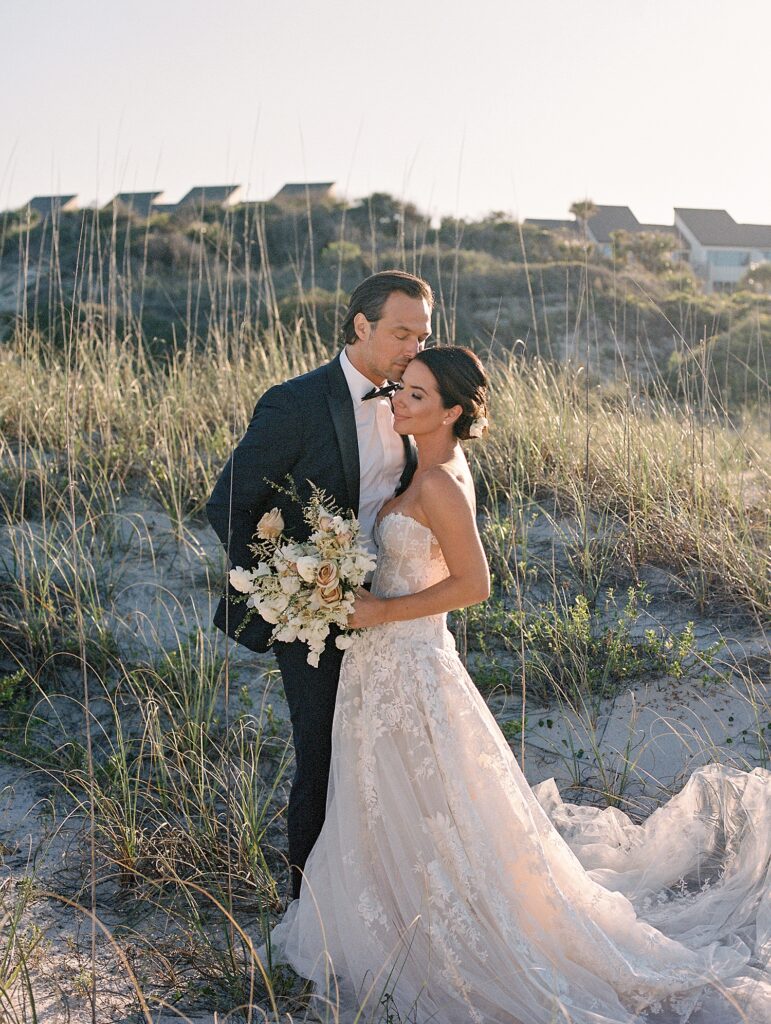
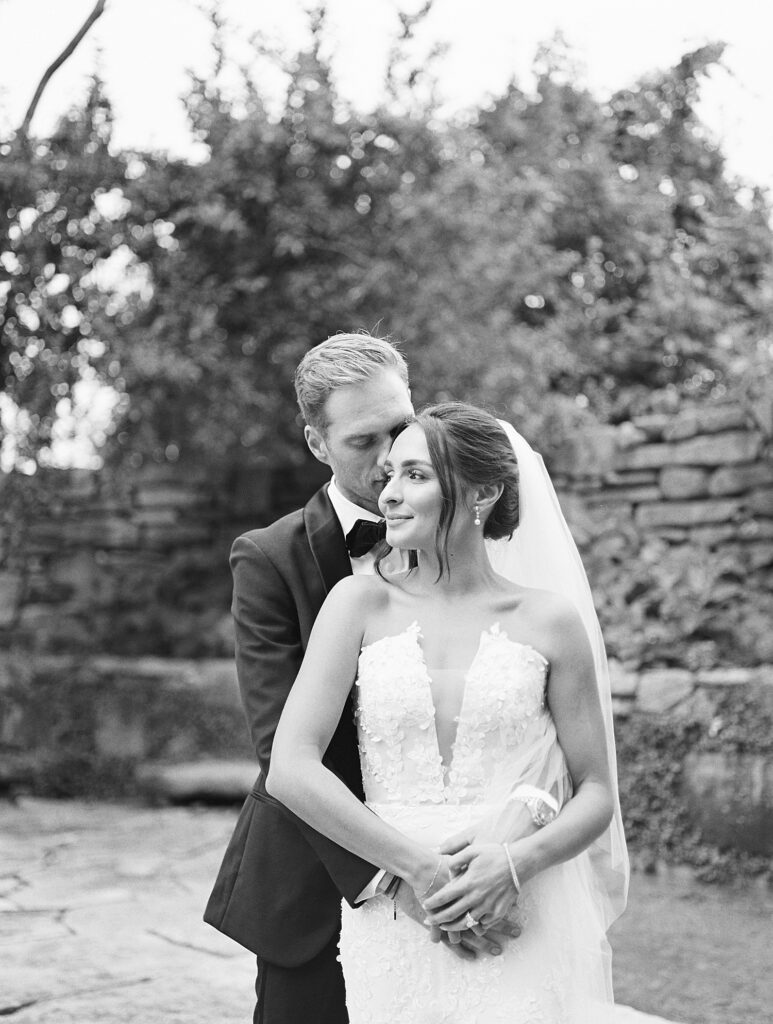

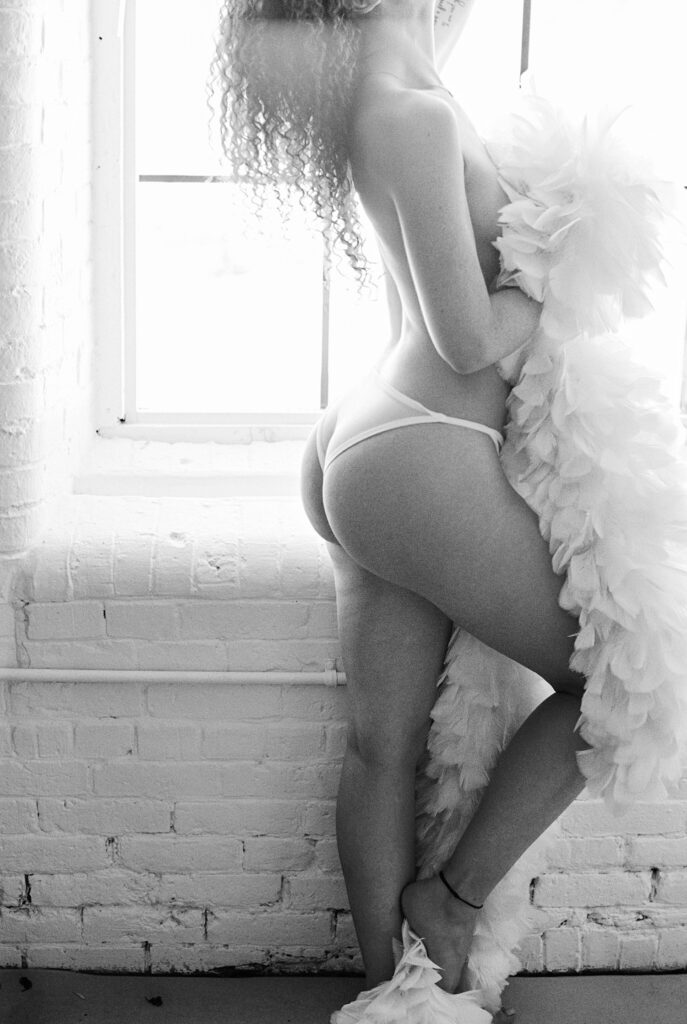
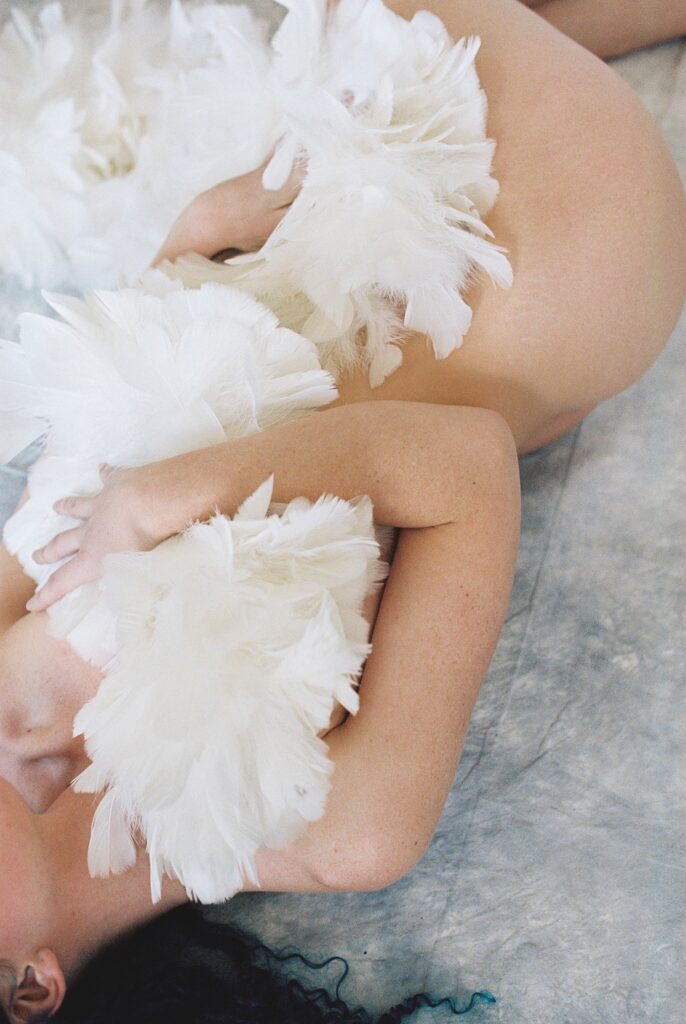
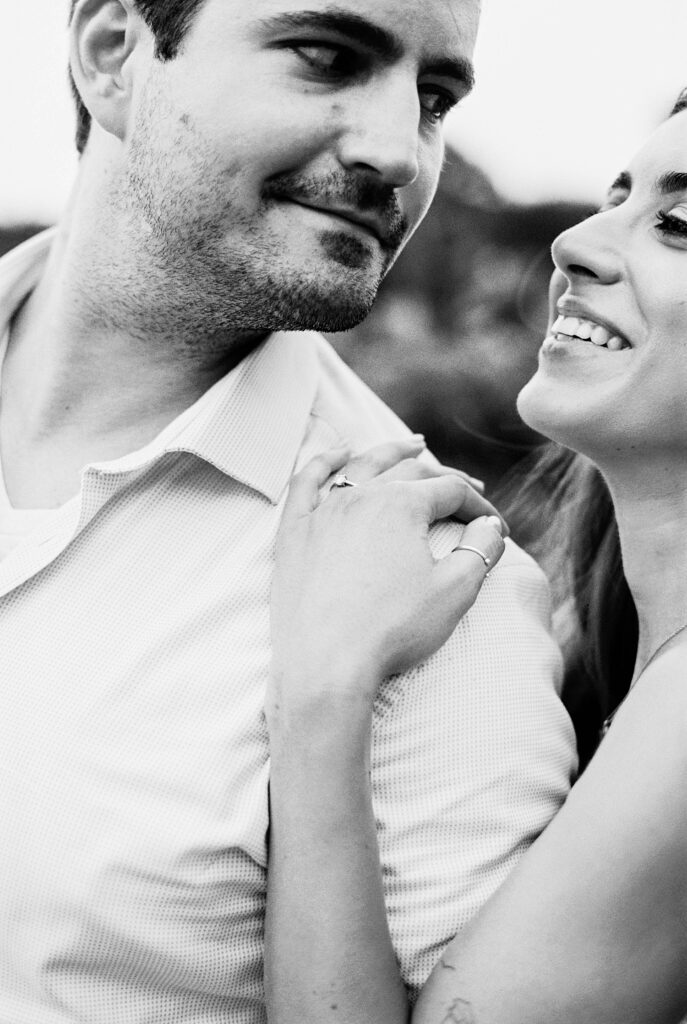
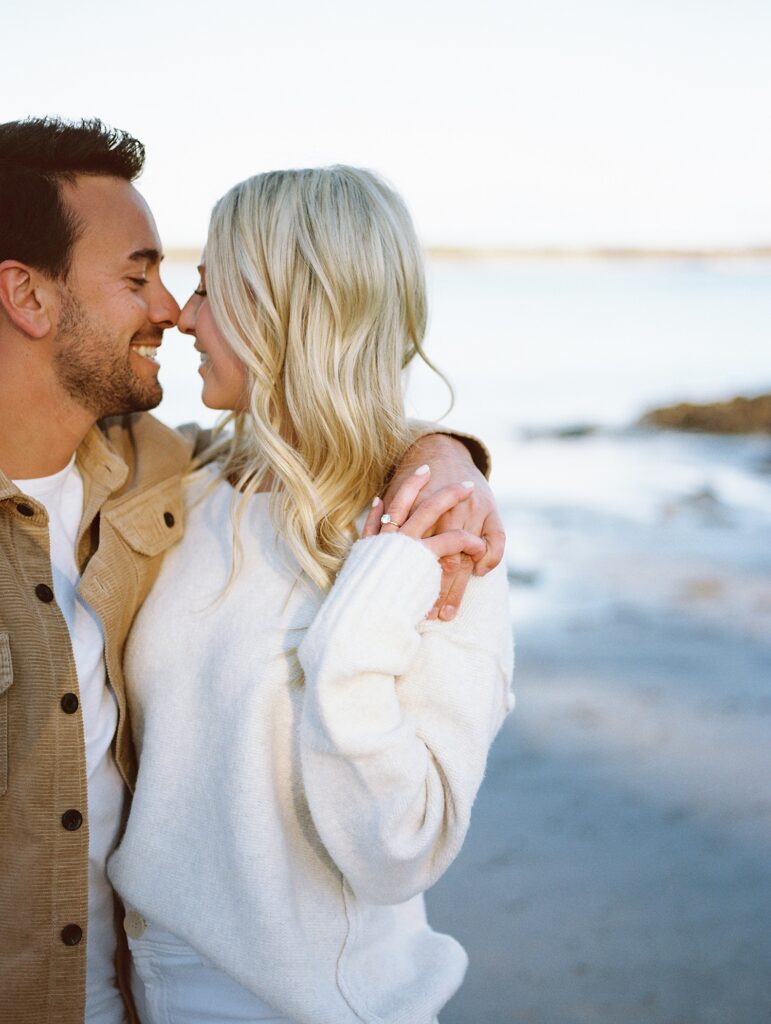


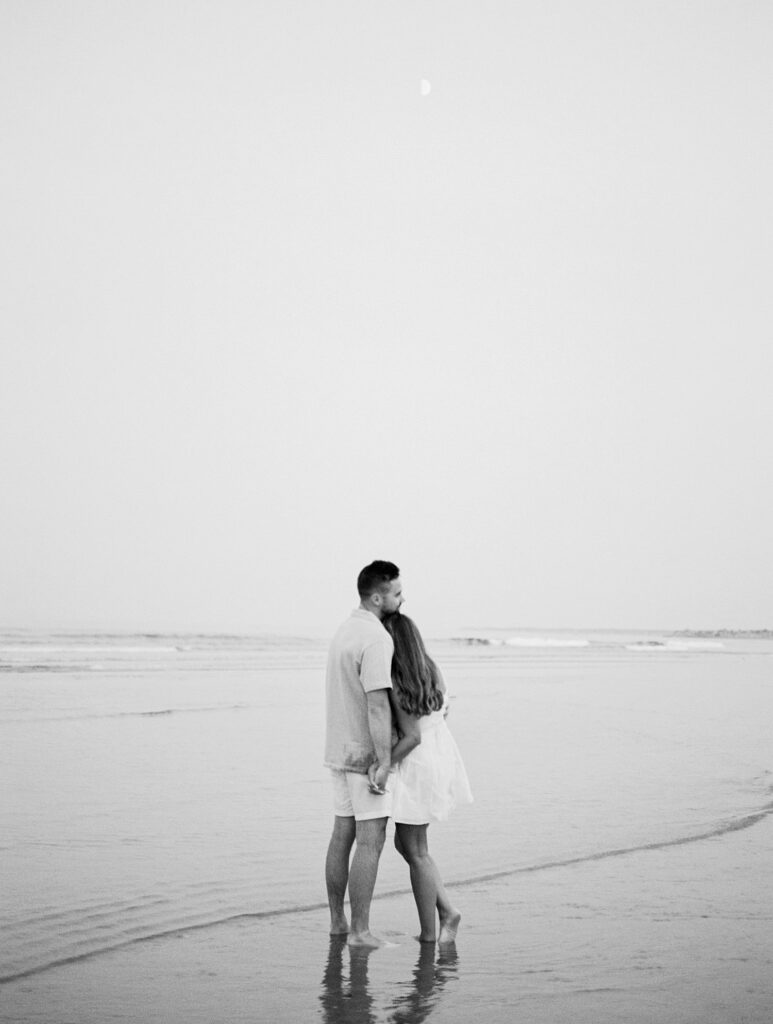
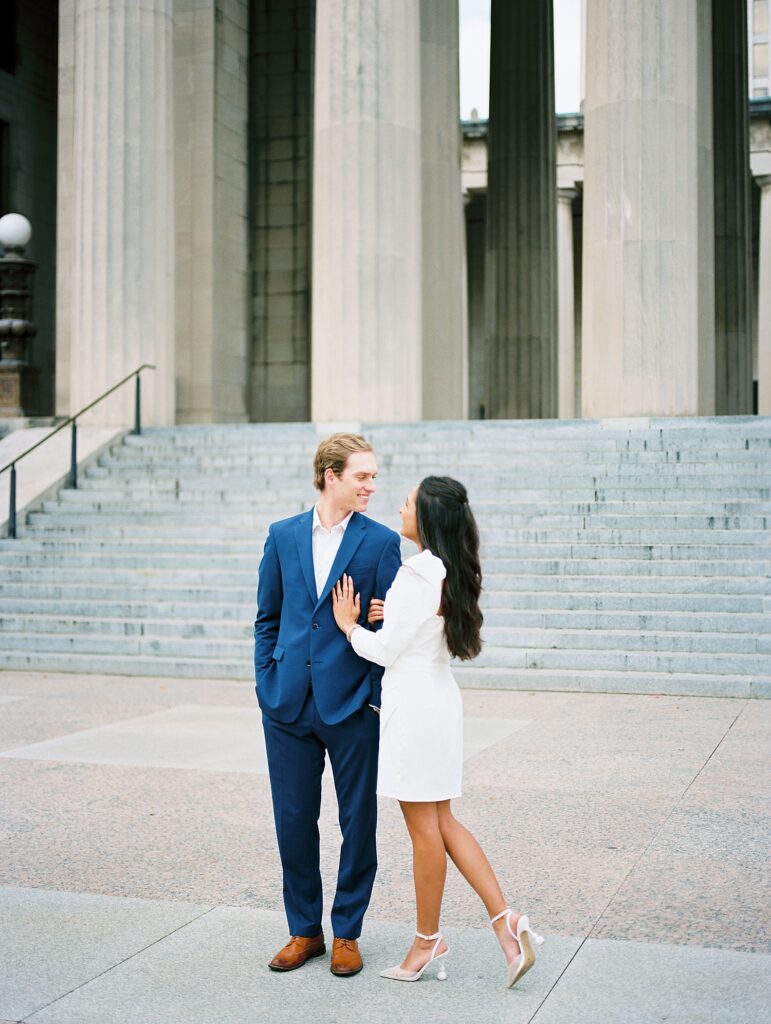
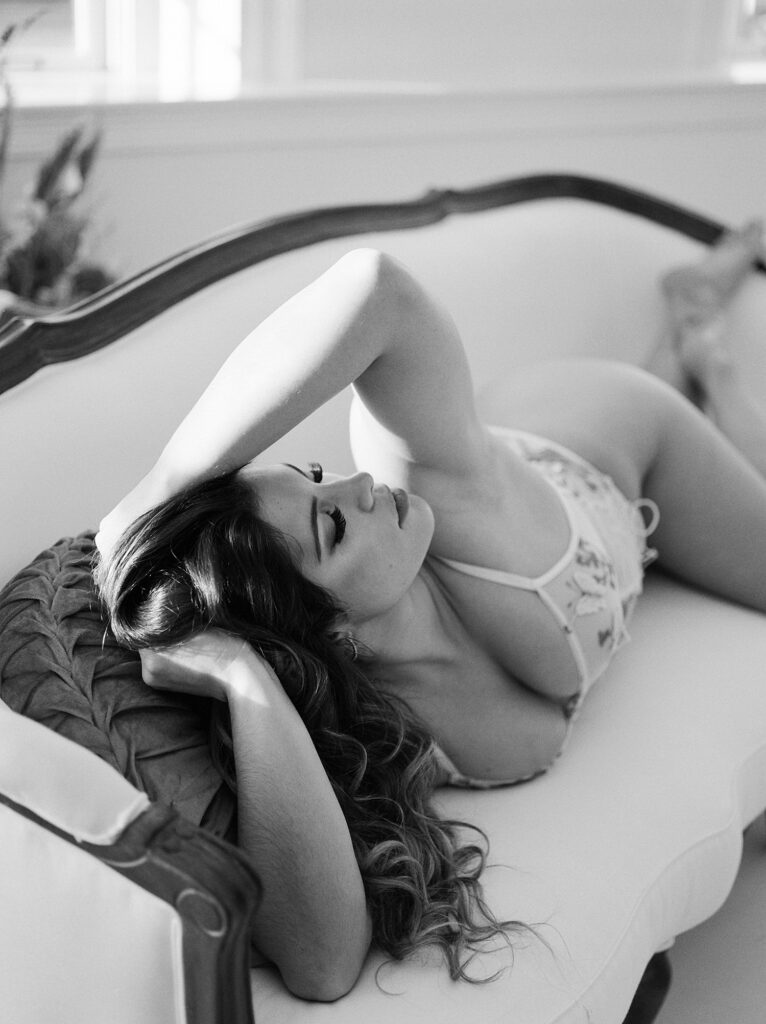
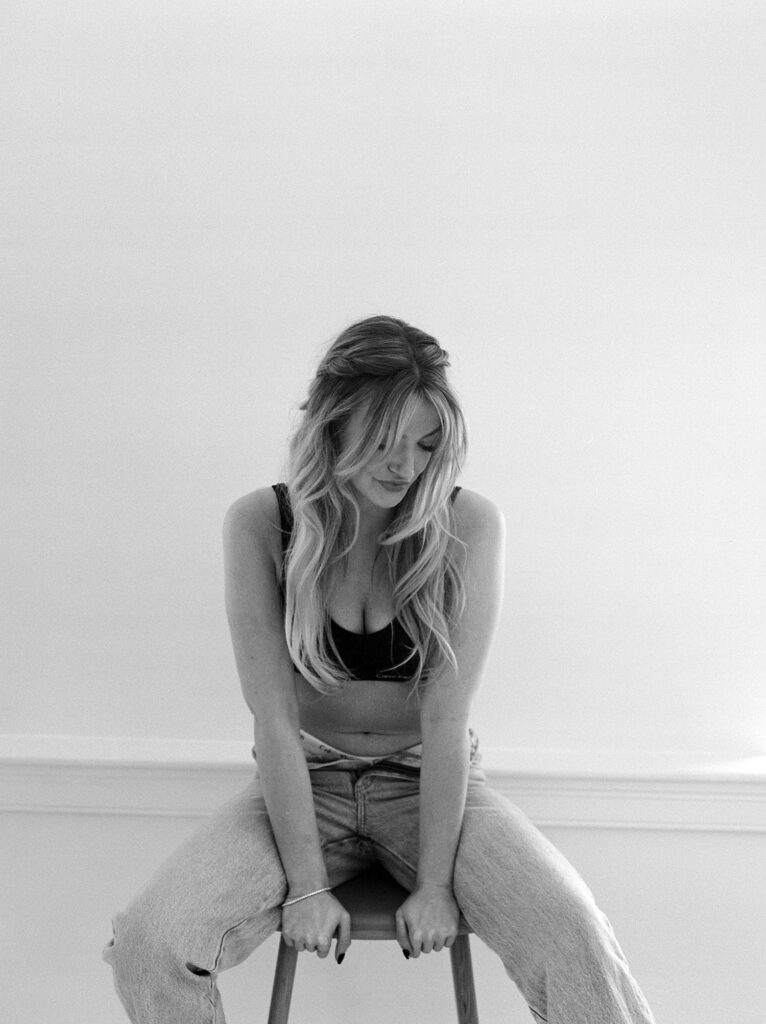

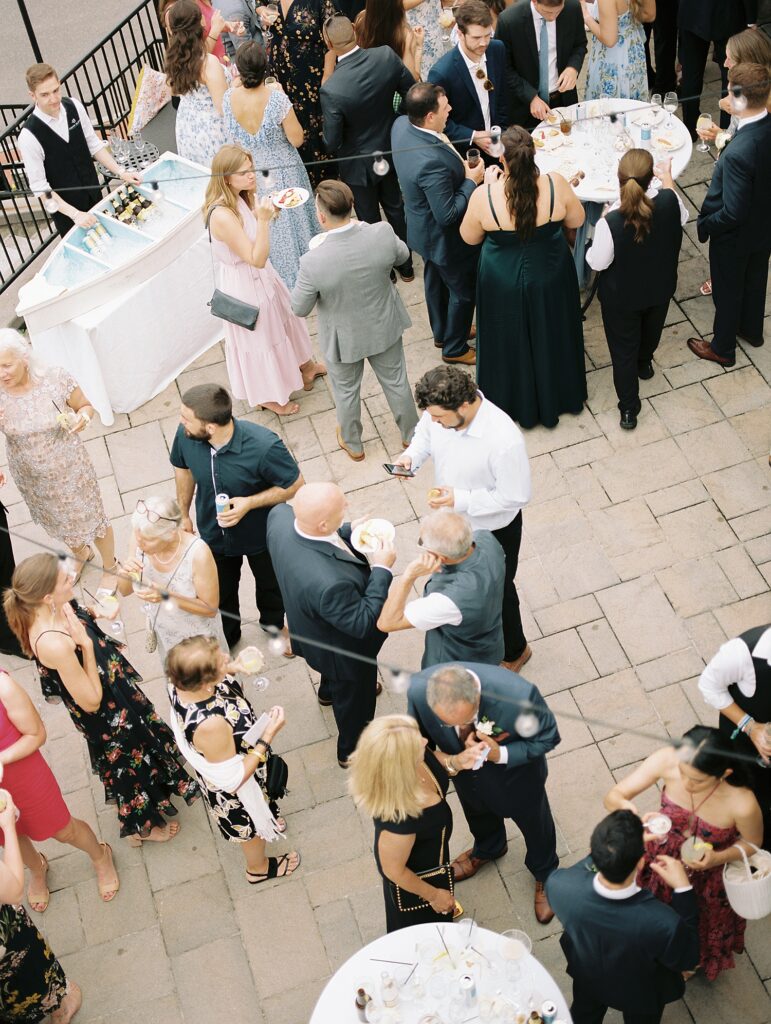

Hybrid coverage: Digital and Film Wedding Photography
Due to my love of artistic composition and timeless imagery, film wedding photography is at the core of my process. Although you will find me transitioning seamlessly from one medium to the next throughout your wedding, the unmatched feel of film influences every step of my approach. From the intentionally in-the-moment atmosphere to the classic colors and textures — as a New England wedding photographer, I infuse each gallery with the principles of film photography. If this hybrid approach resonates with the vision you have for your tangible legacy, get in touch about availability for your wedding date.

